Introduction
In today’s rapidly evolving information technology landscape, the demand for network communication is increasing exponentially. Fiber Optic Transceivers, essential devices for achieving high-speed and stable data transmission, are gaining attention from both enterprises and individual users. This article will delve into the working principles, types, applications, and market trends of fiber optic transceivers.
I. Working Principles of Fiber Optic Transceivers
The primary function of a fiber optic transceiver is to convert electrical signals into optical signals and vice versa. The working principle is as follows:
II. Types of Fiber Optic Transceivers
Fiber optic transceivers can be categorized into several types:
SFP (Small Form-factor Pluggable) Transceivers:
Commonly used in Ethernet and fiber channel applications.
Supports various speeds, such as 1Gbps and 10Gbps.
SFP+ Transceivers:
An upgraded version of SFP, supporting higher data transmission rates (typically 10Gbps).
Suitable for data centers and high-performance computing environments.
10G Fiber Transceivers:
Designed specifically for 10Gbps transmission, ideal for high data volume applications.
Commonly used in enterprise networks and cloud computing.
Fiber MEDIA CONVERTERs:
Used to connect different types of networks, such as linking fiber optic and copper networks.
Provides flexible network expansion solutions.
Single-mode and Multi-mode Fiber Transceivers:
Single-mode transceivers are suitable for long-distance transmission, while multi-mode transceivers are used for shorter distances.
III. Applications of Fiber Optic Transceivers
Fiber optic transceivers are widely used in various fields:
Data Centers:
In data centers, fiber optic transceivers connect servers, switches, and storage devices, ensuring high-speed data transfer.
Enterprise Networks:
Businesses utilize fiber optic transceivers to build high-speed local area networks (LANs) to support daily operations and growth.
Telecommunications:
Telecom companies use fiber optic transceivers to provide high-speed internet services, supporting the rollout of 5G networks.
Home Users:
With the promotion of Fiber to the Home (FTTH) technology, home users are increasingly using fiber optic transceivers for faster internet speeds.
IV. The Current State of the Fiber Optic Transceiver Market
The market for fiber optic transceivers is experiencing rapid growth. According to market research, the demand for fiber optic transceivers is expected to continue rising in the coming years, driven by several factors:
Expansion of Data Centers:
With the proliferation of cloud computing and big data, data centers require high-speed networking equipment.
Promotion of 5G Networks:
The implementation of 5G technology necessitates more efficient fiber optic communication devices, making fiber optic transceivers indispensable.
Digital Transformation of Enterprises:
As businesses undergo digital transformation, they increasingly adopt fiber optic networks to enhance operational efficiency.
Conclusion
As a vital component of modern network communication, fiber optic transceivers offer advantages such as high speed, stability, and resistance to interference. They are widely used across various sectors. With technological advancements and growing market demands. Whether in data centers, enterprise networks, or home settings, fiber optic transceivers will play an essential role in the future of network architecture.



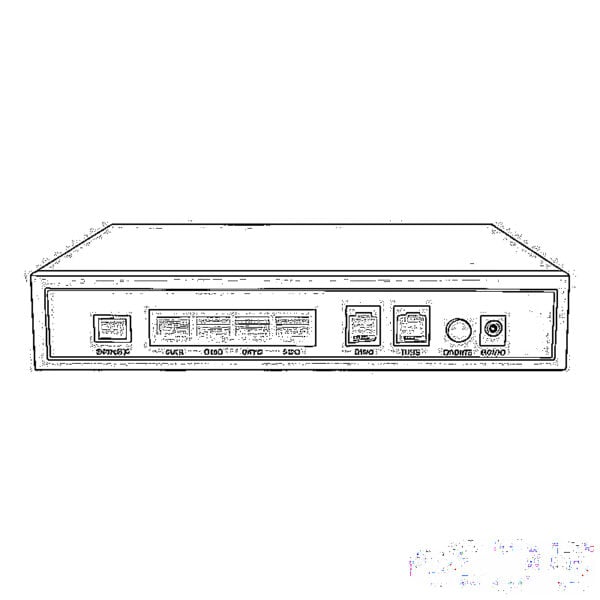
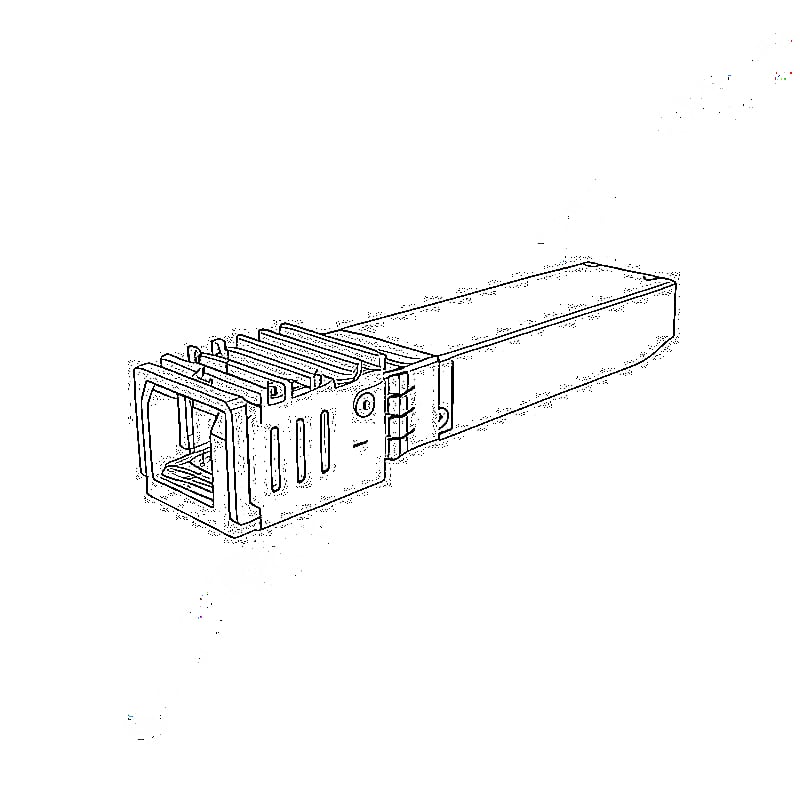
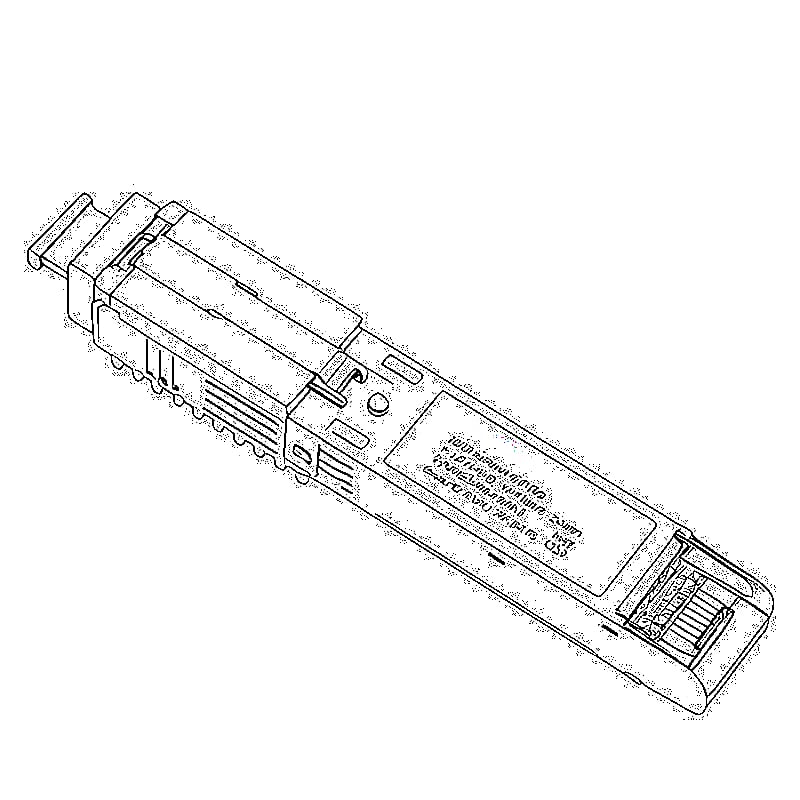
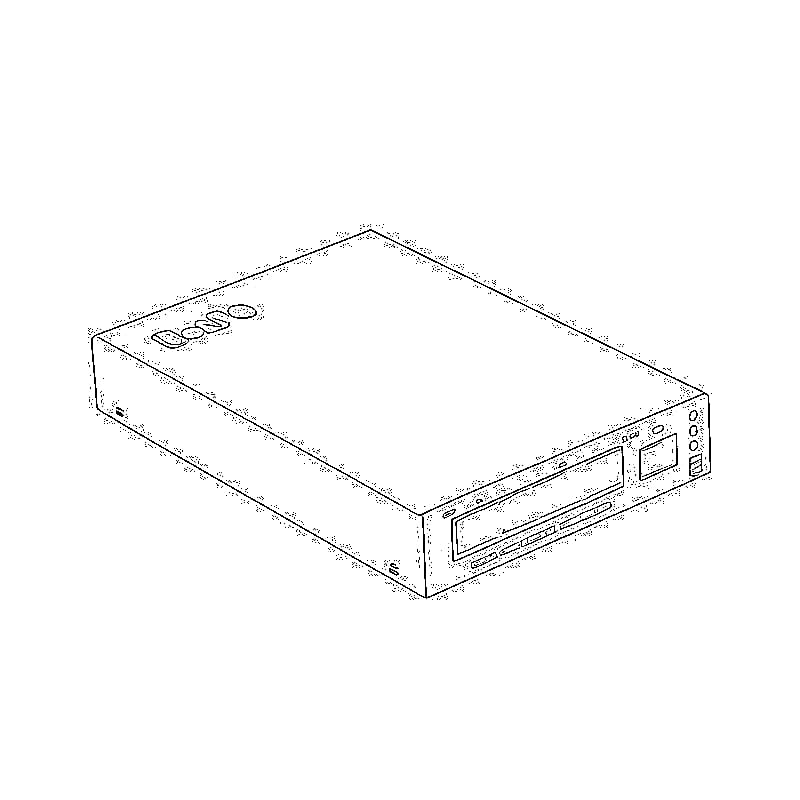
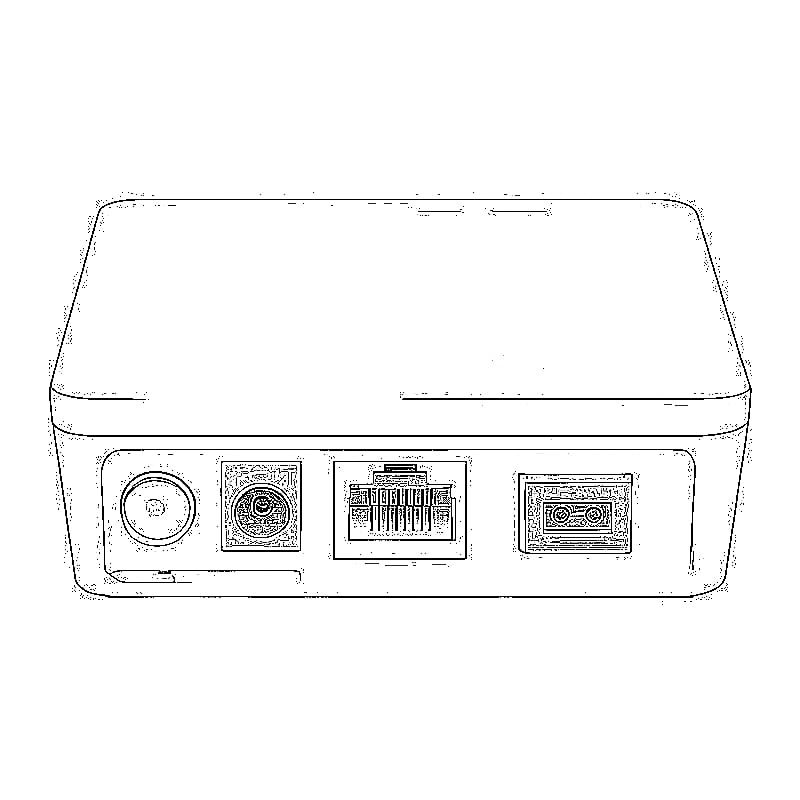
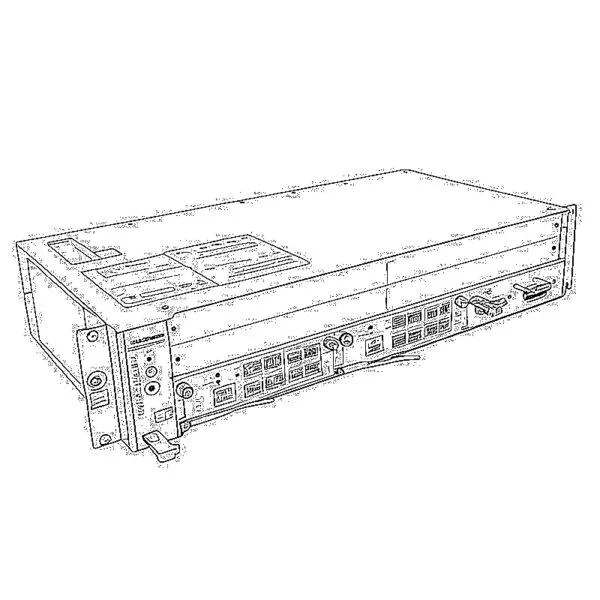
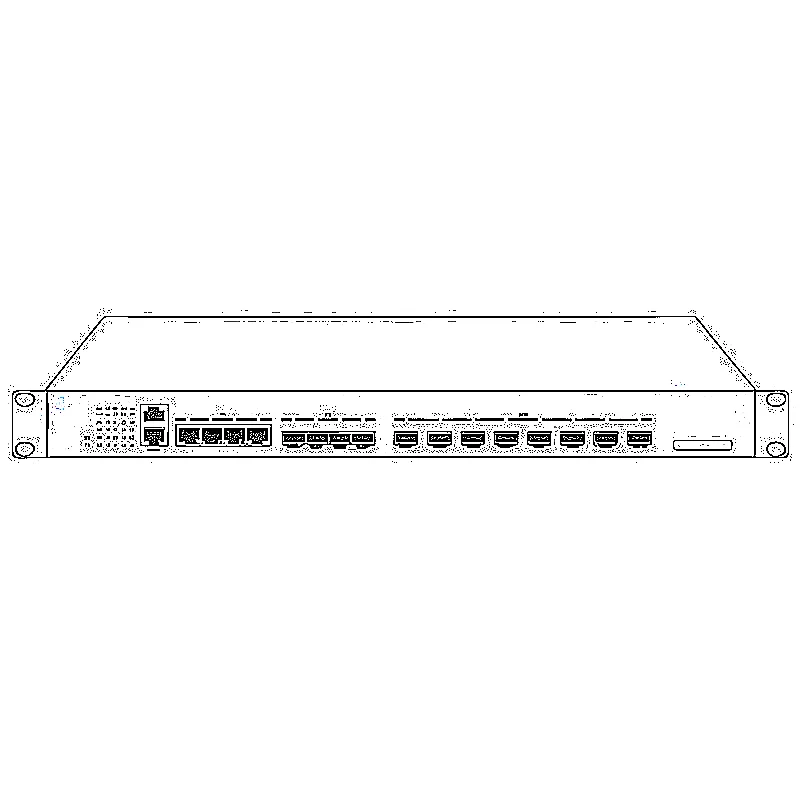
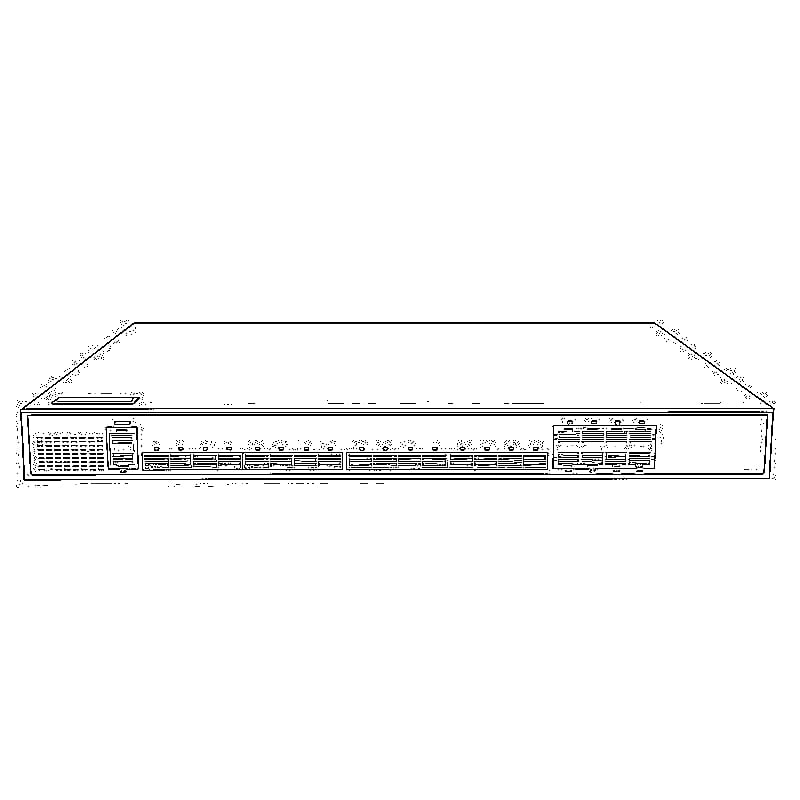
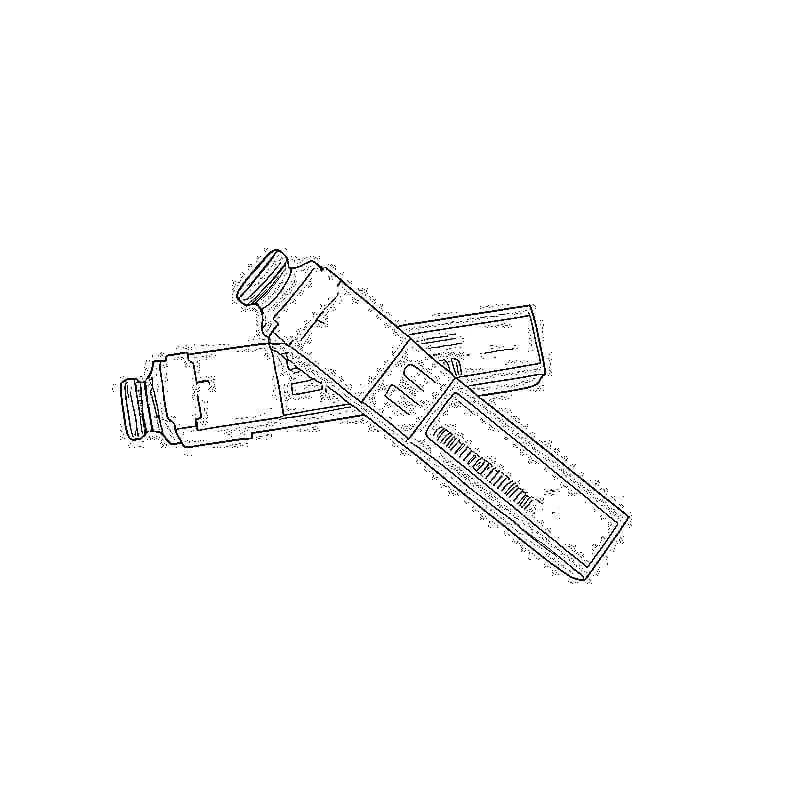
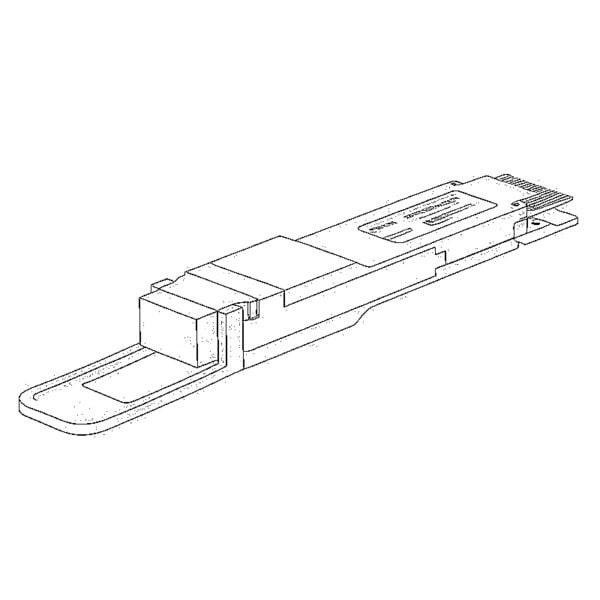
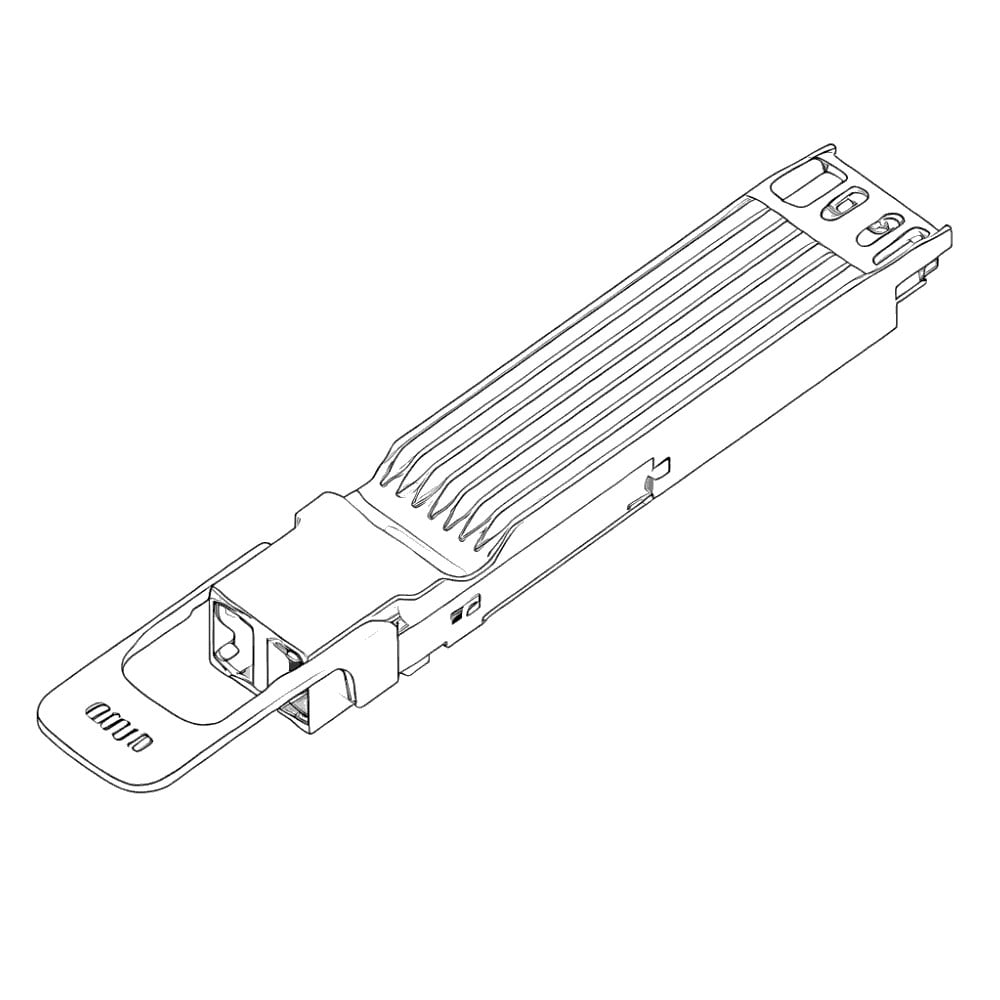
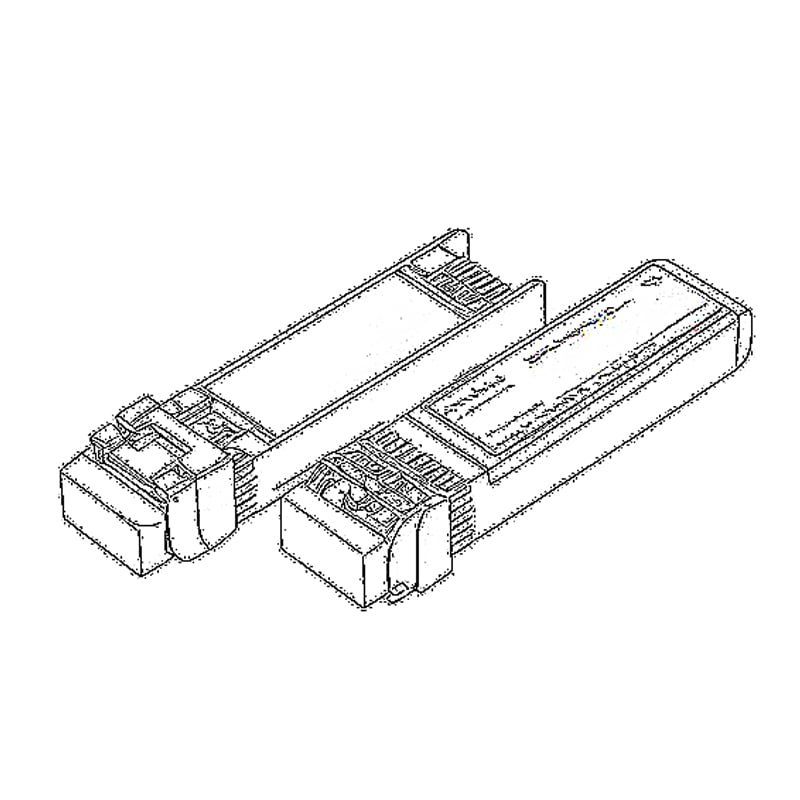
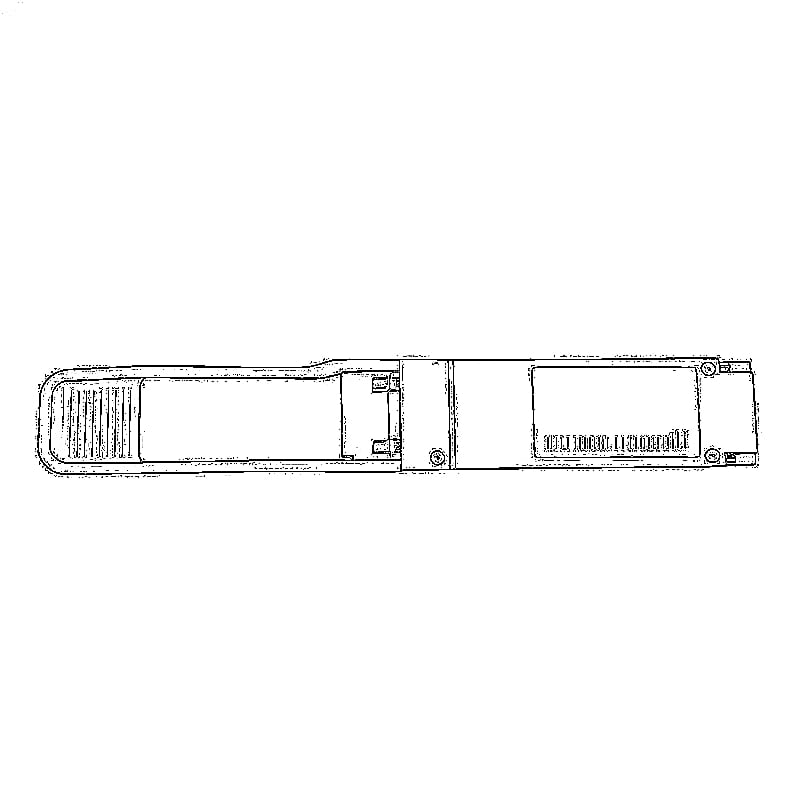
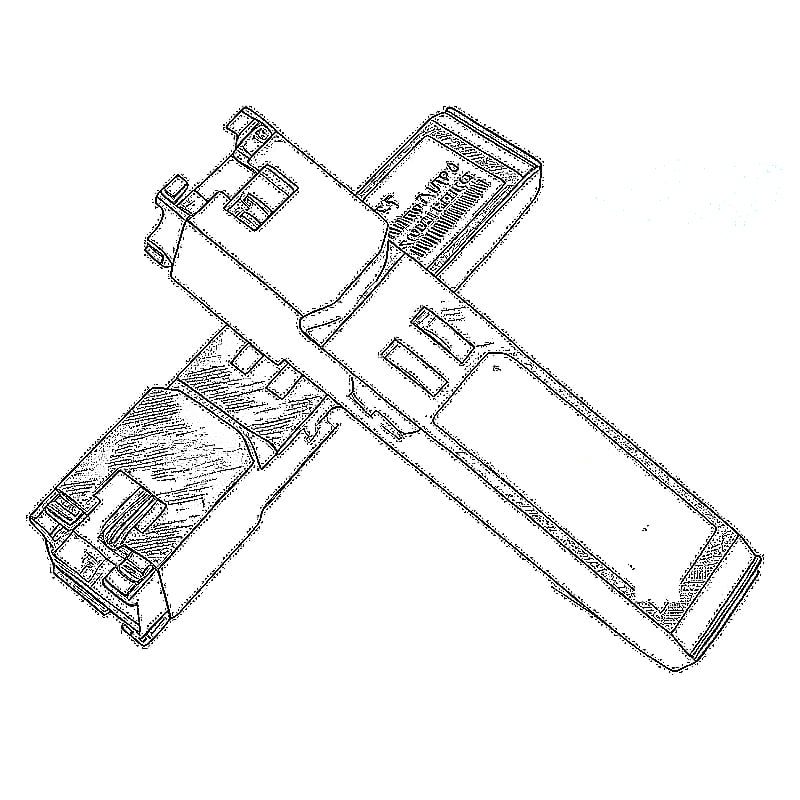
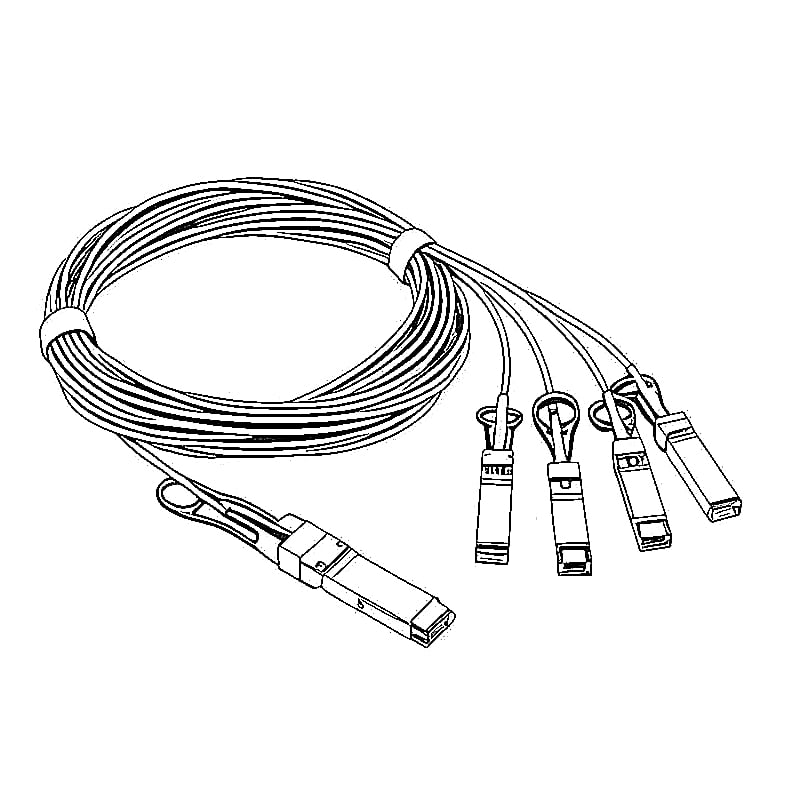
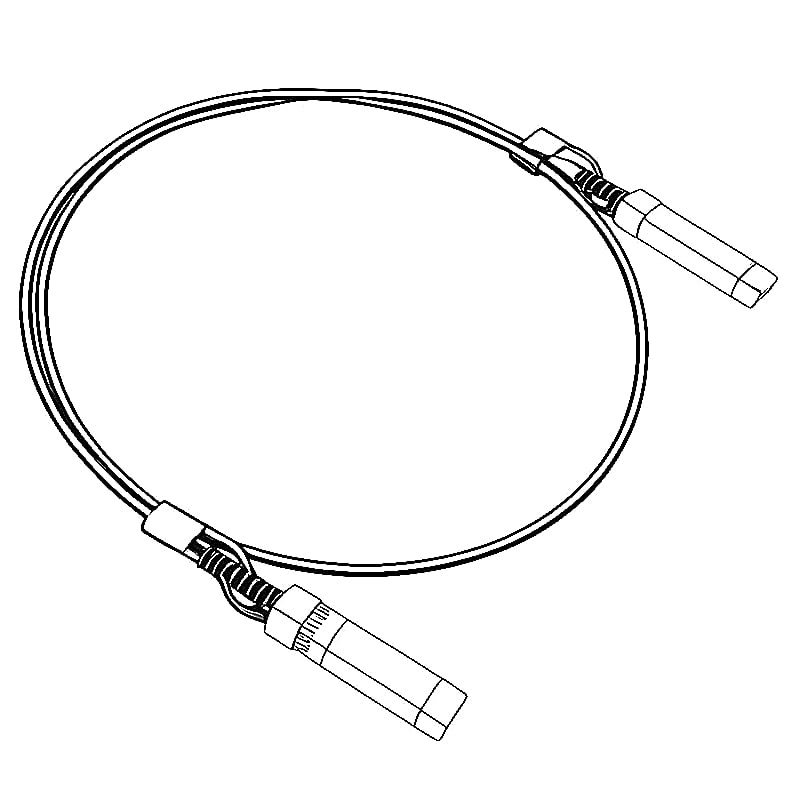
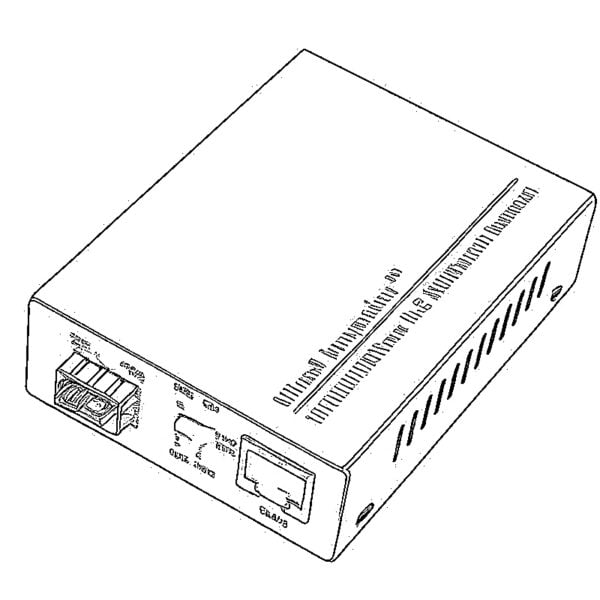
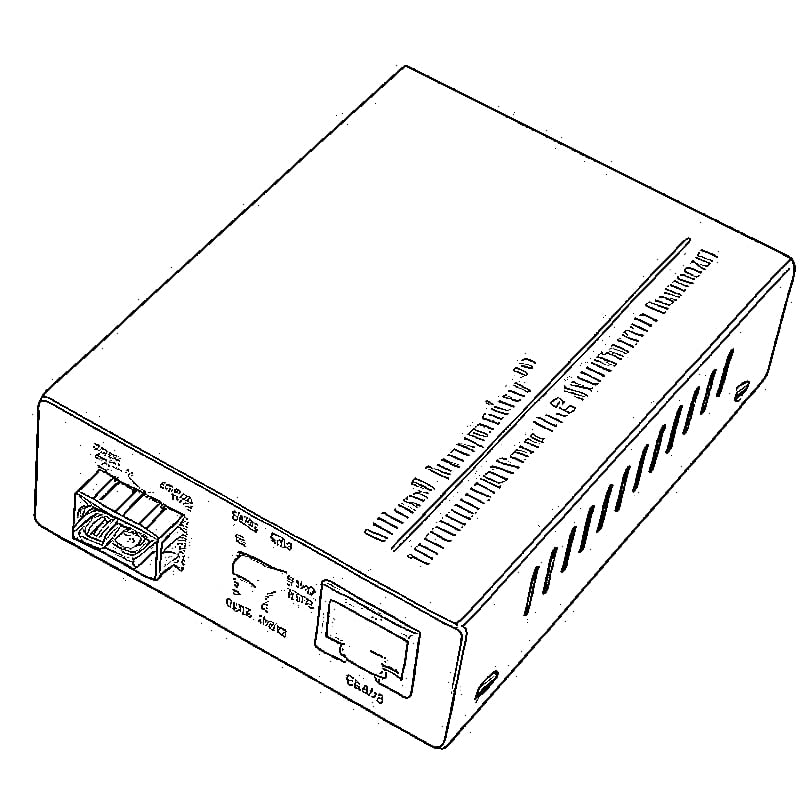
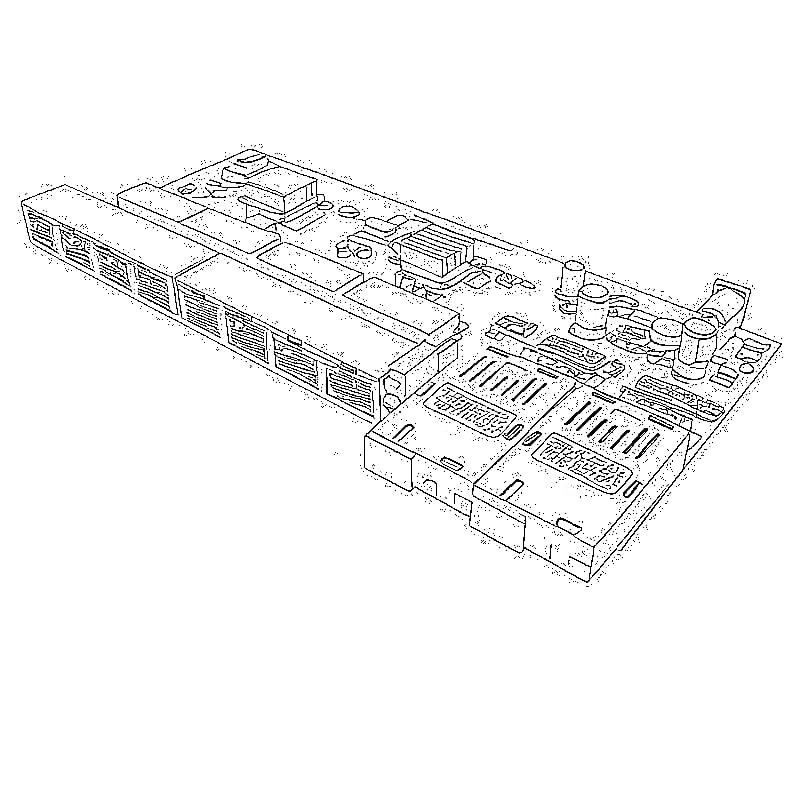
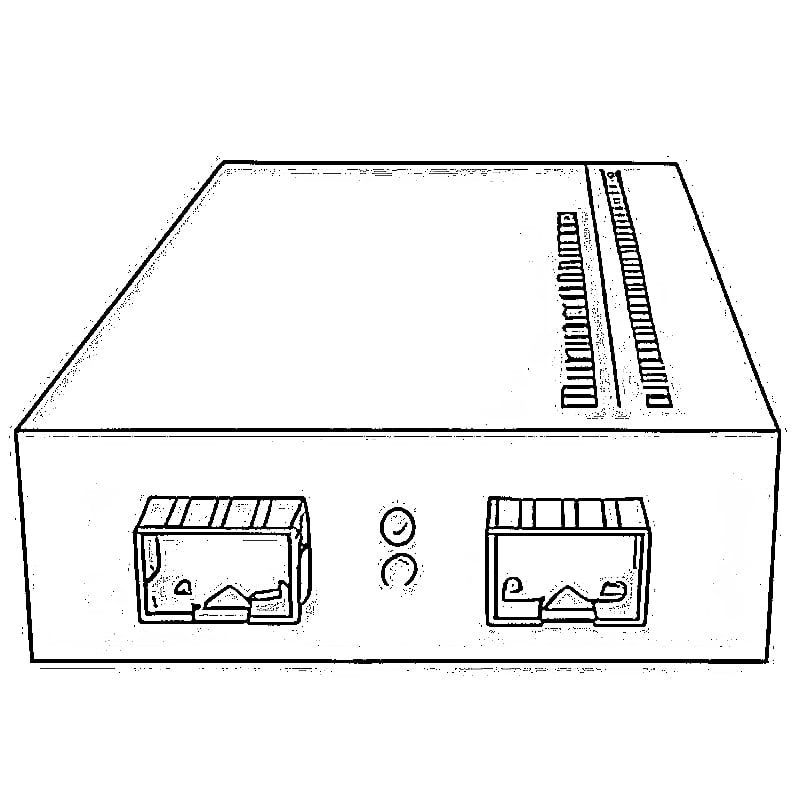
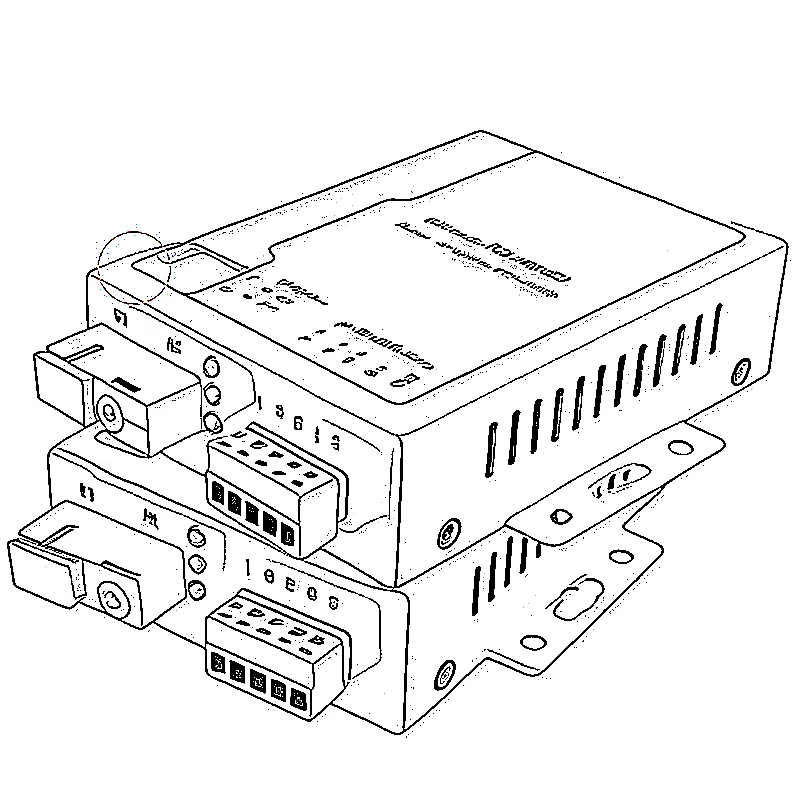
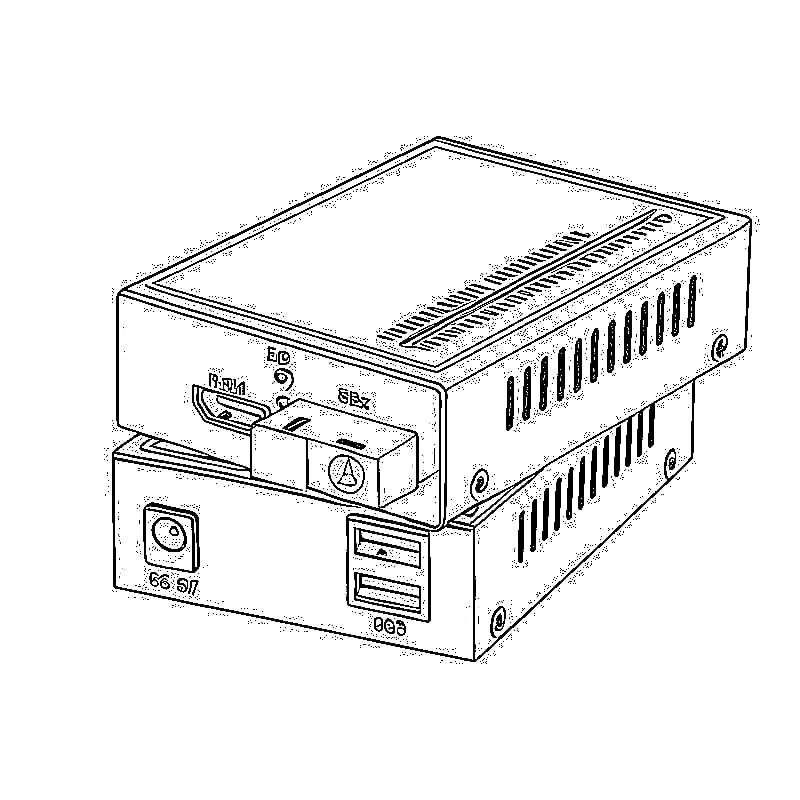
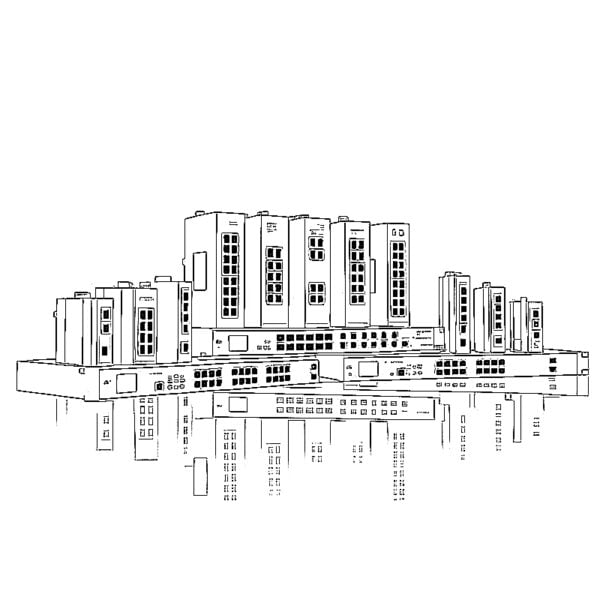
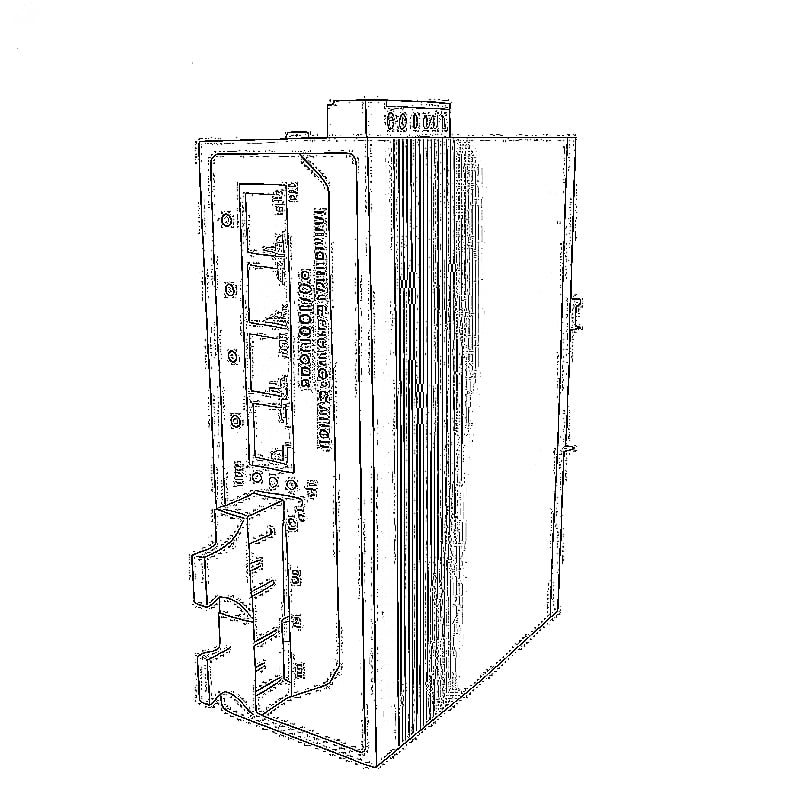
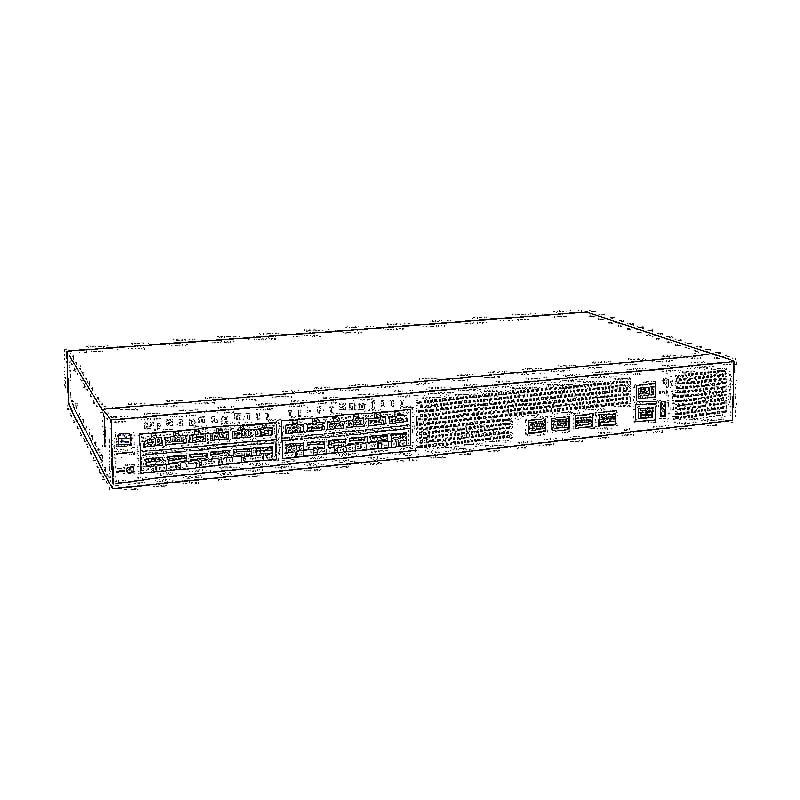
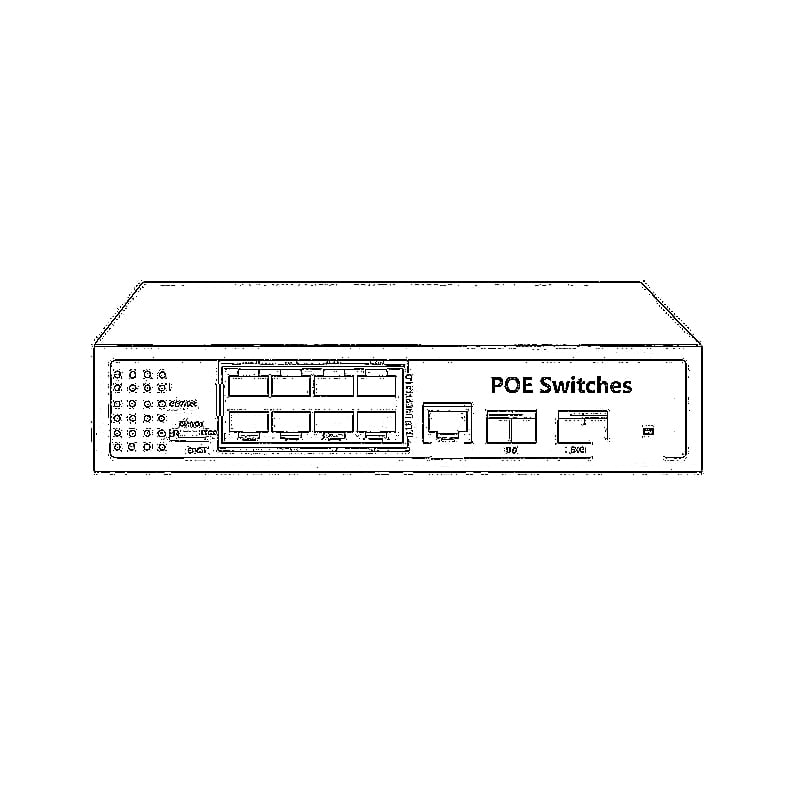
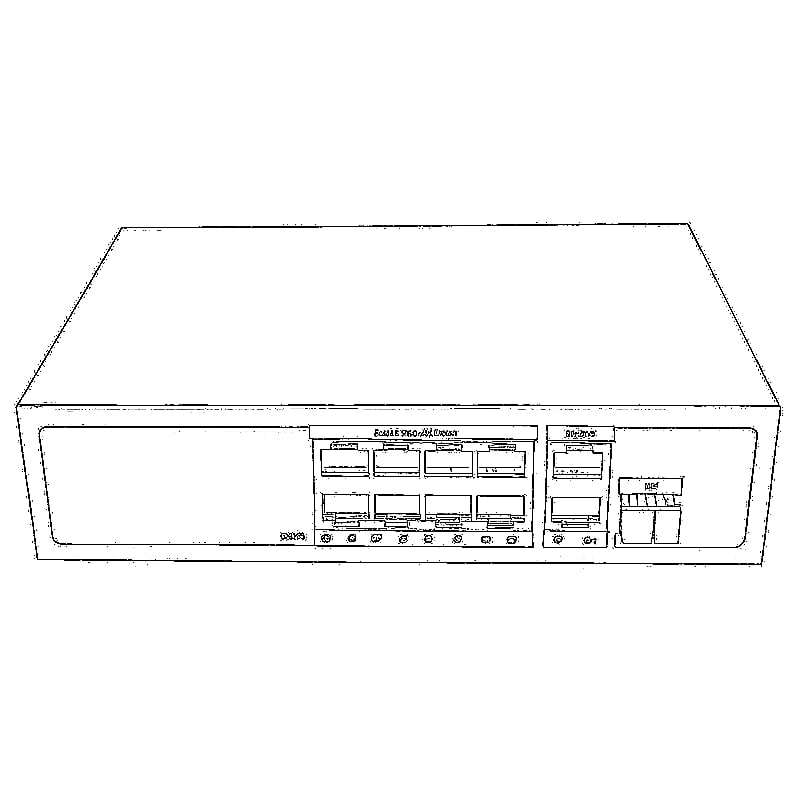
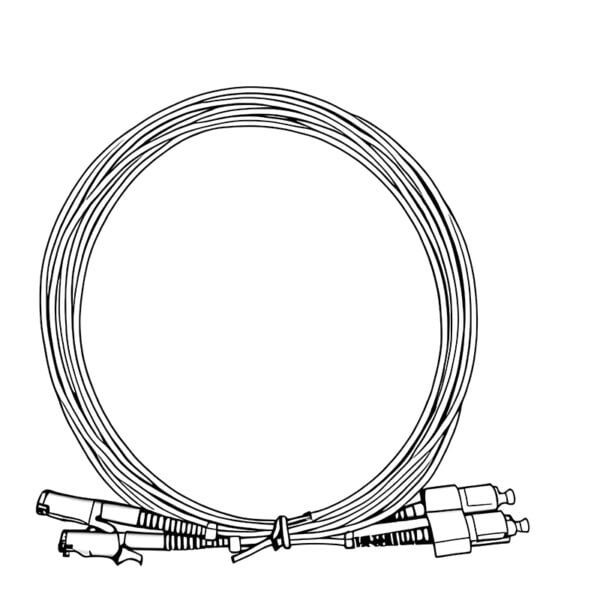
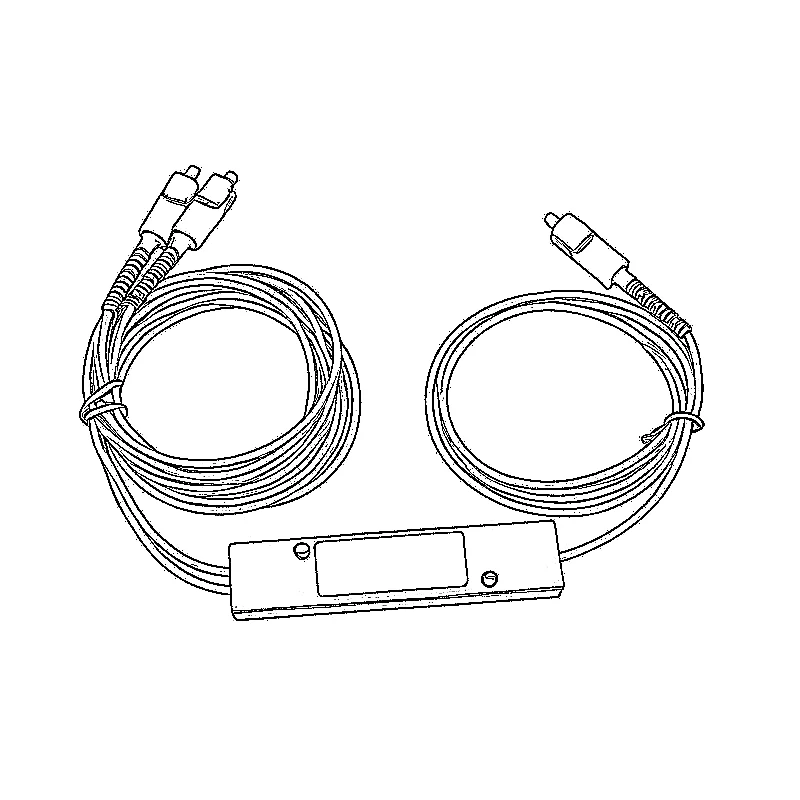
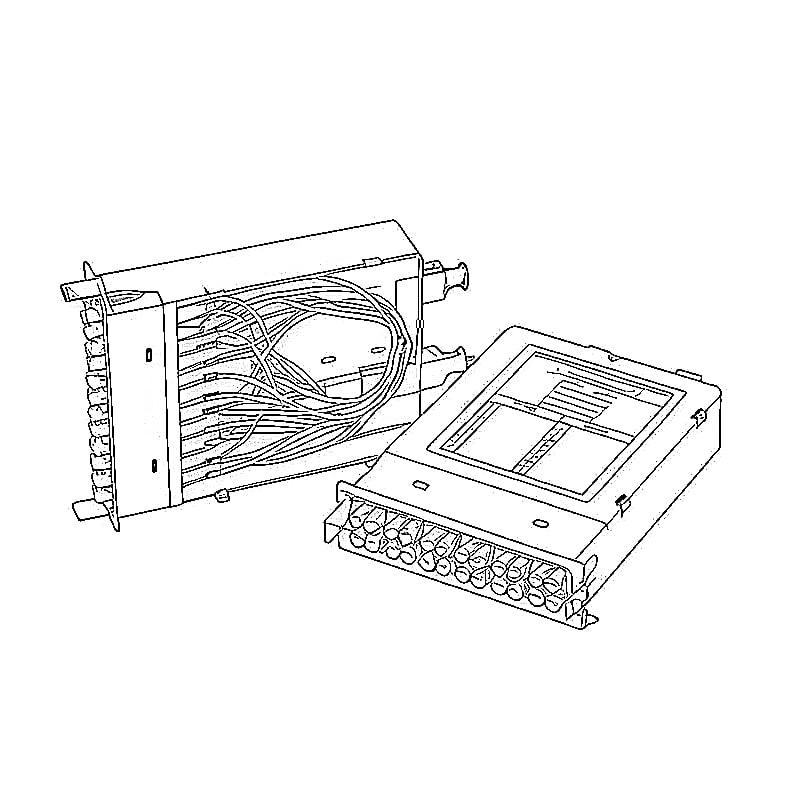
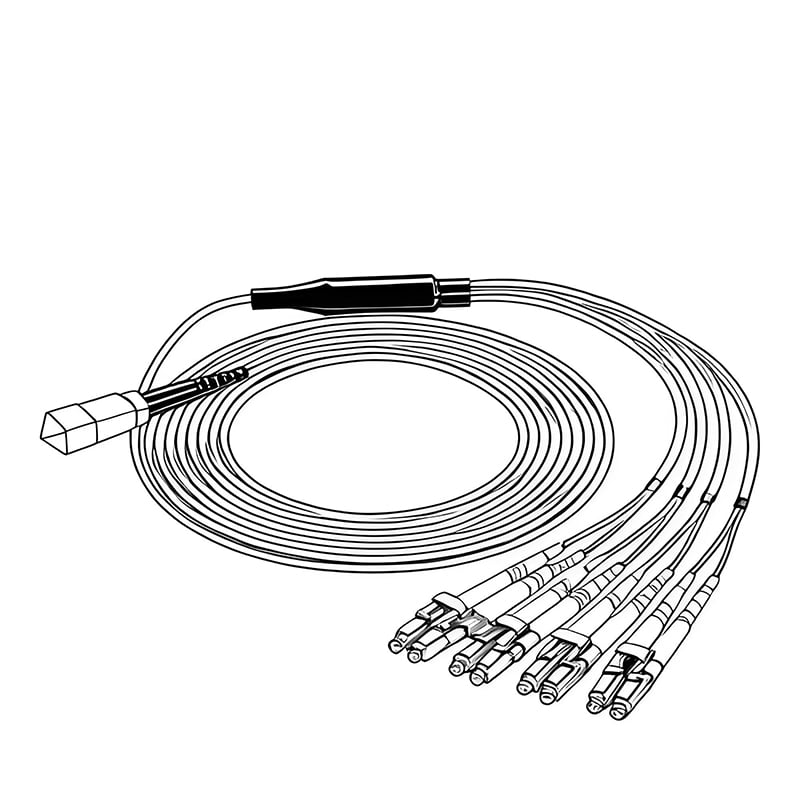
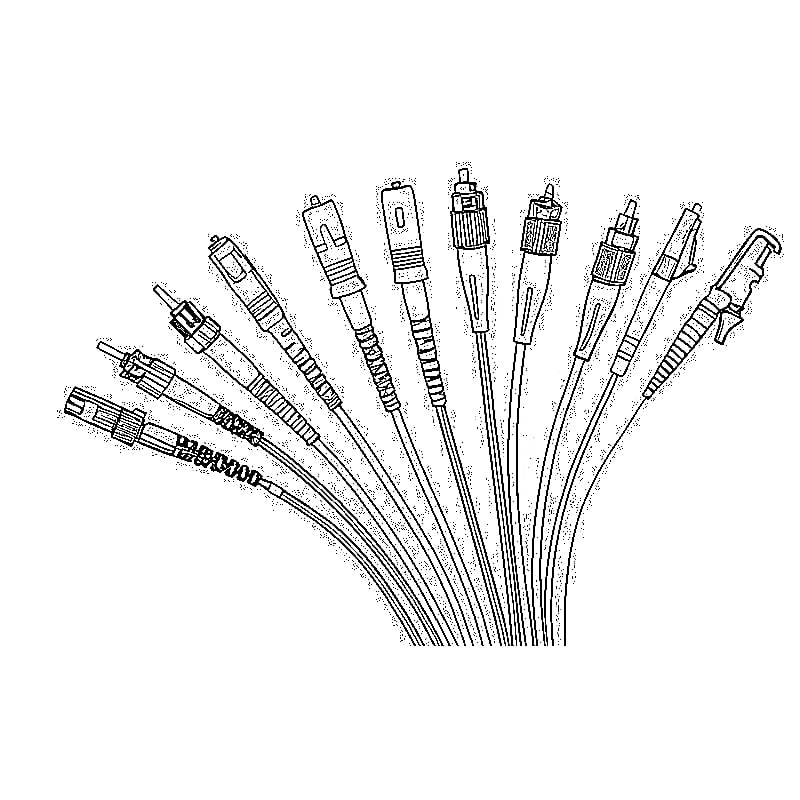
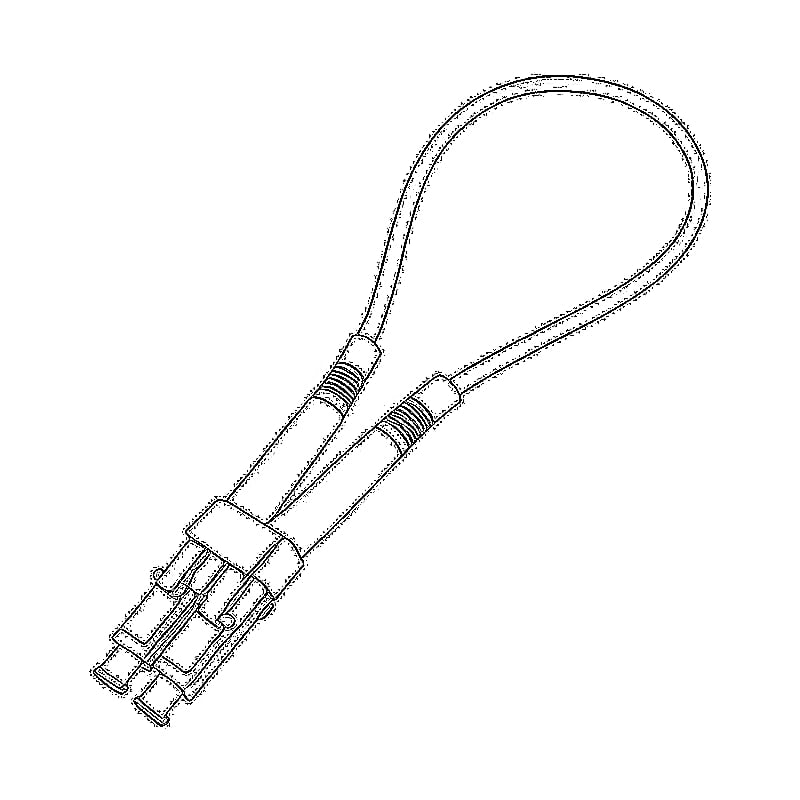
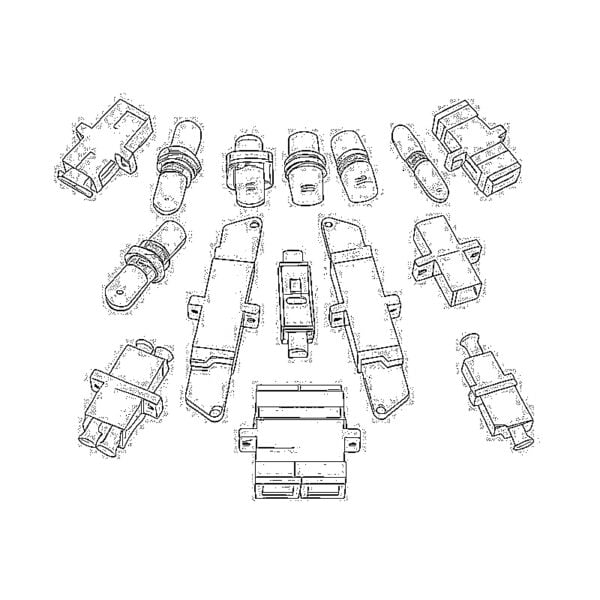
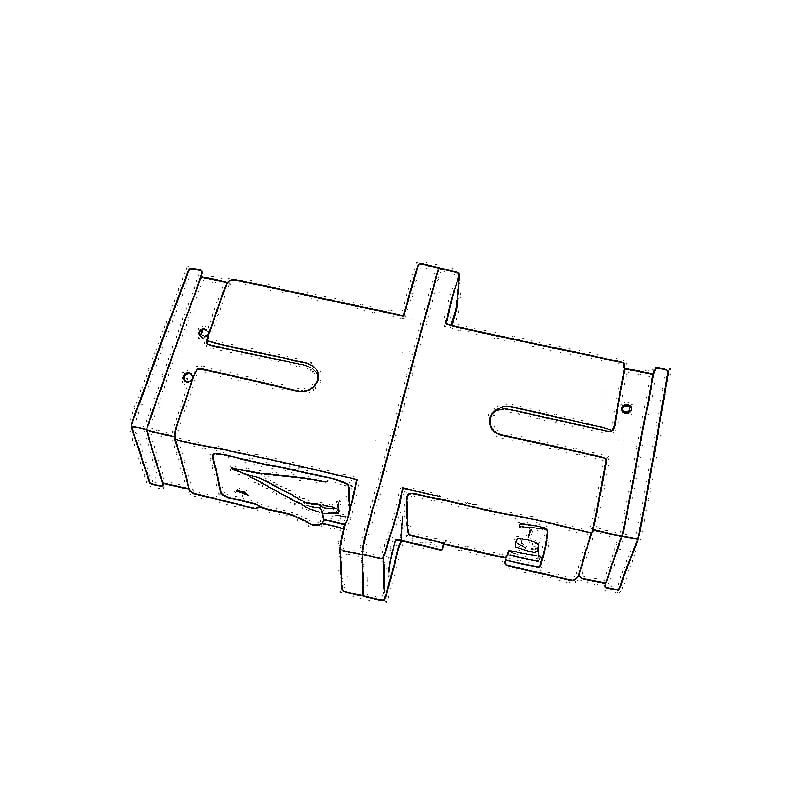
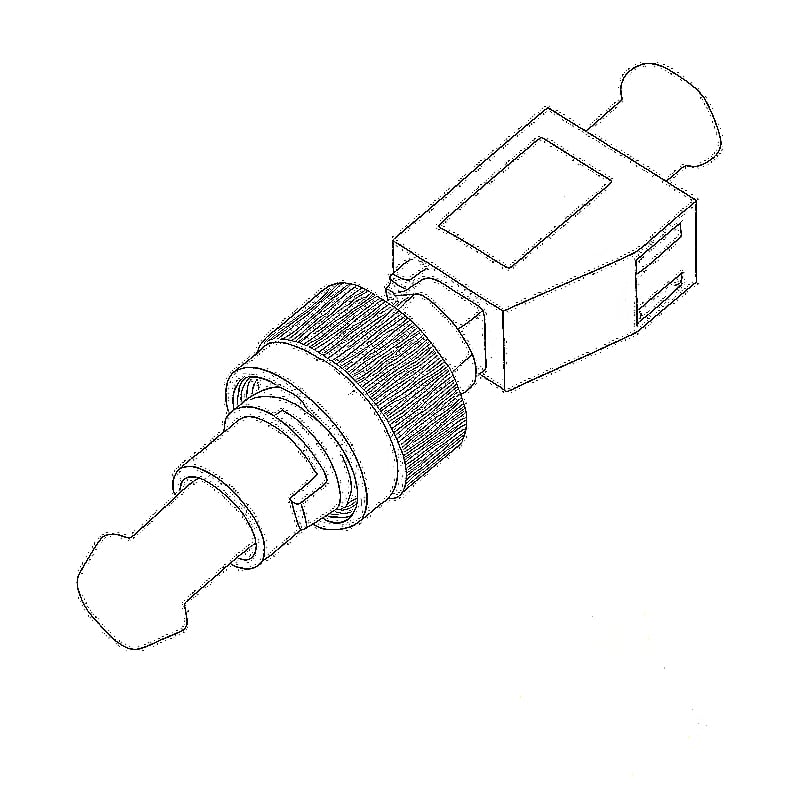
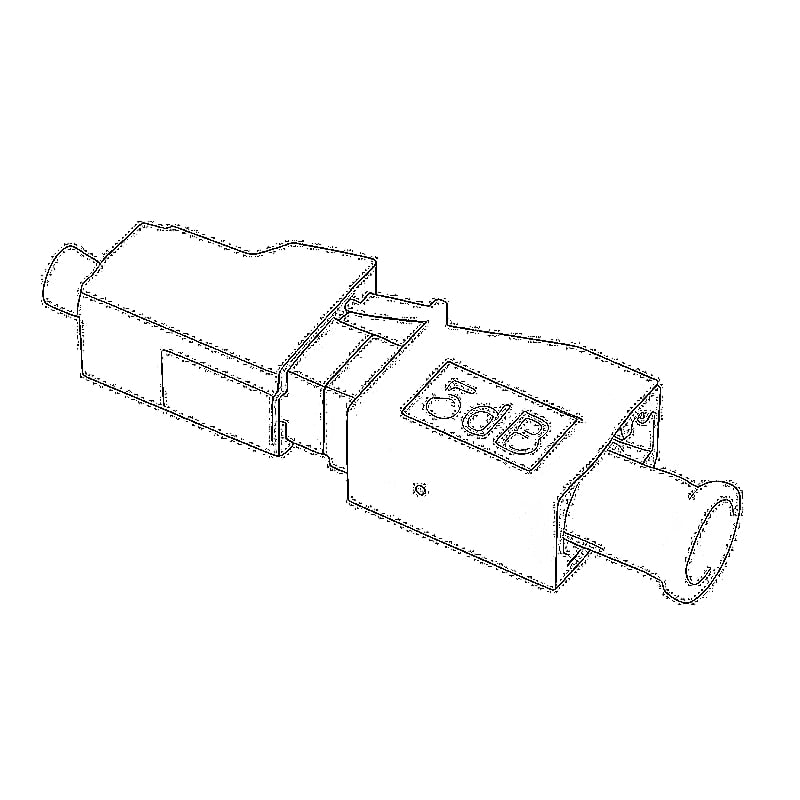
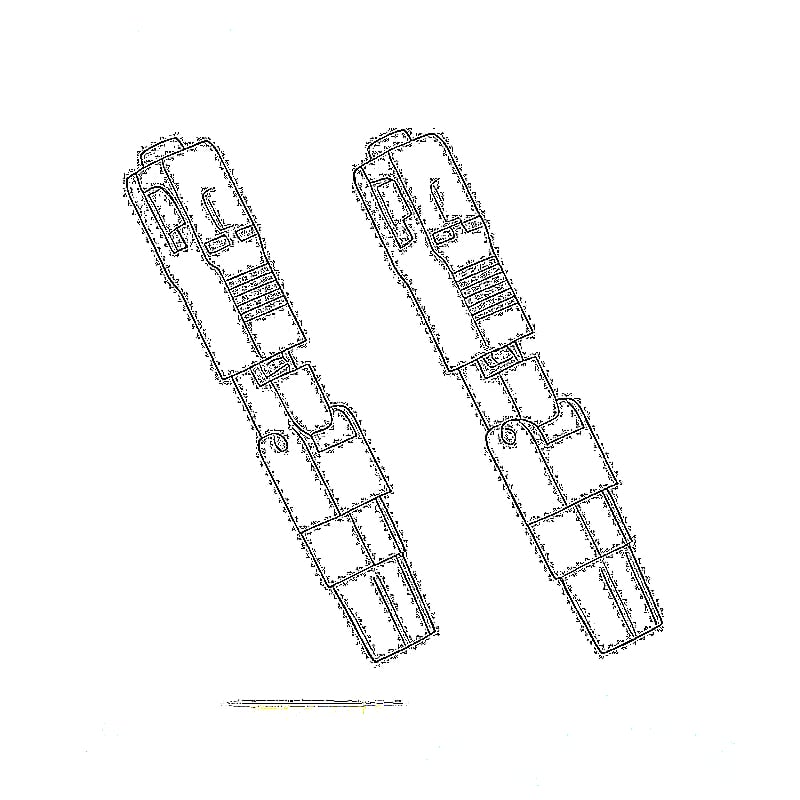
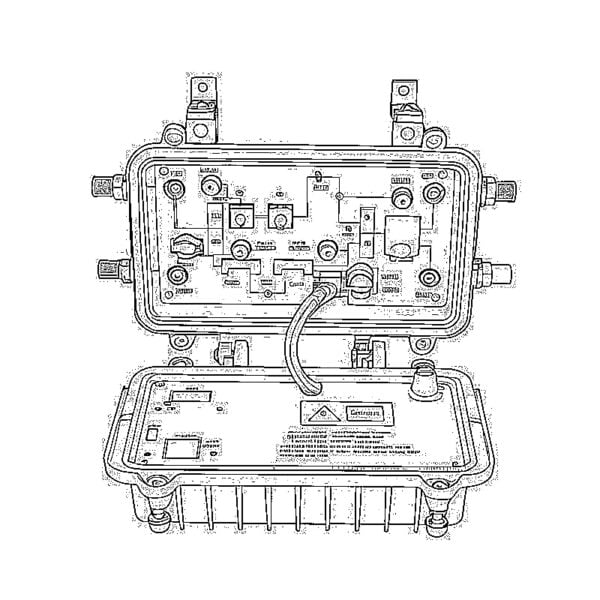
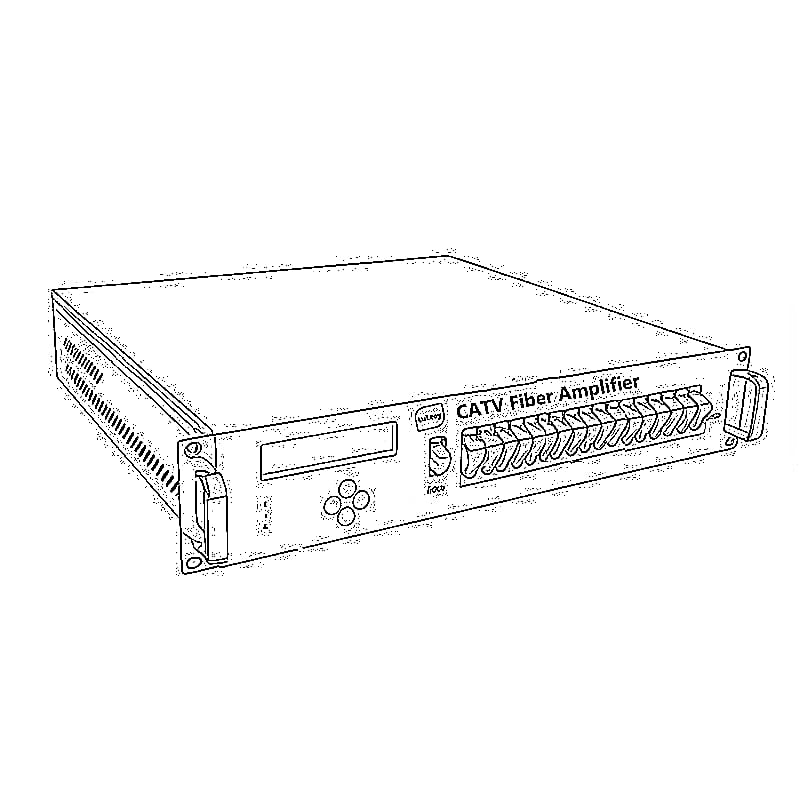
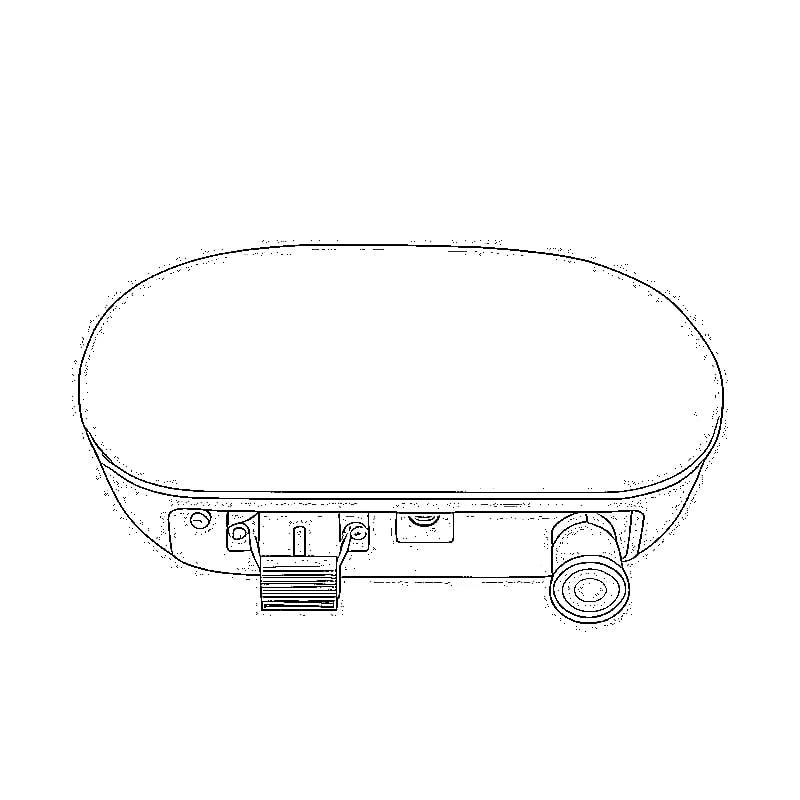
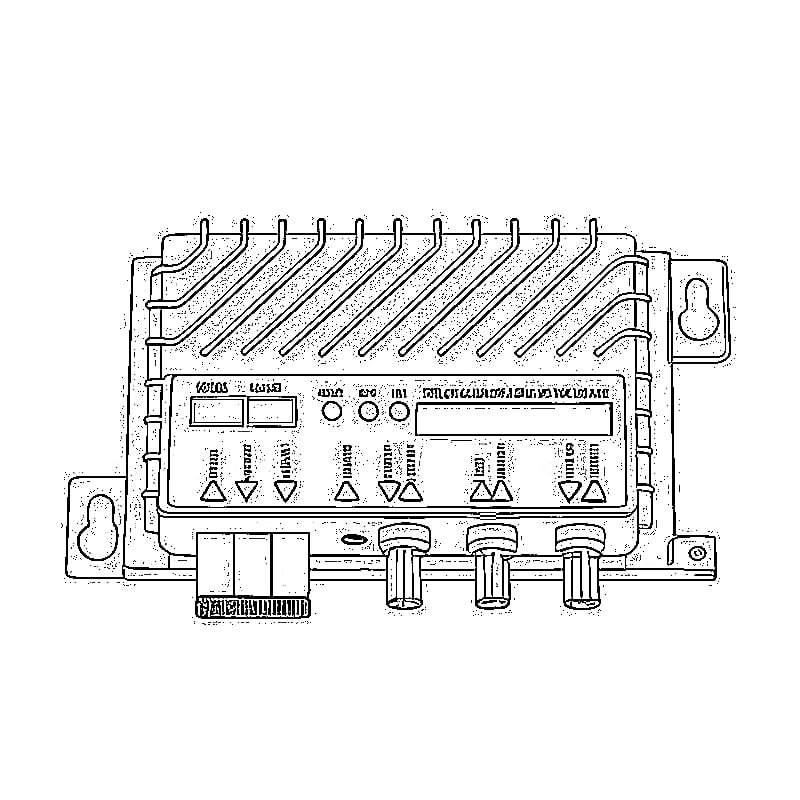

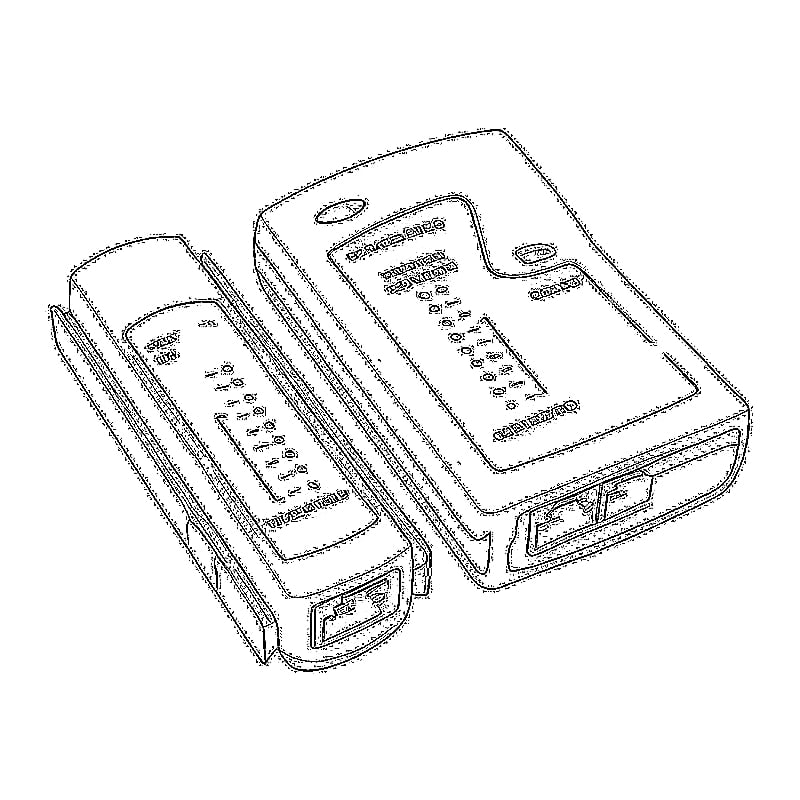
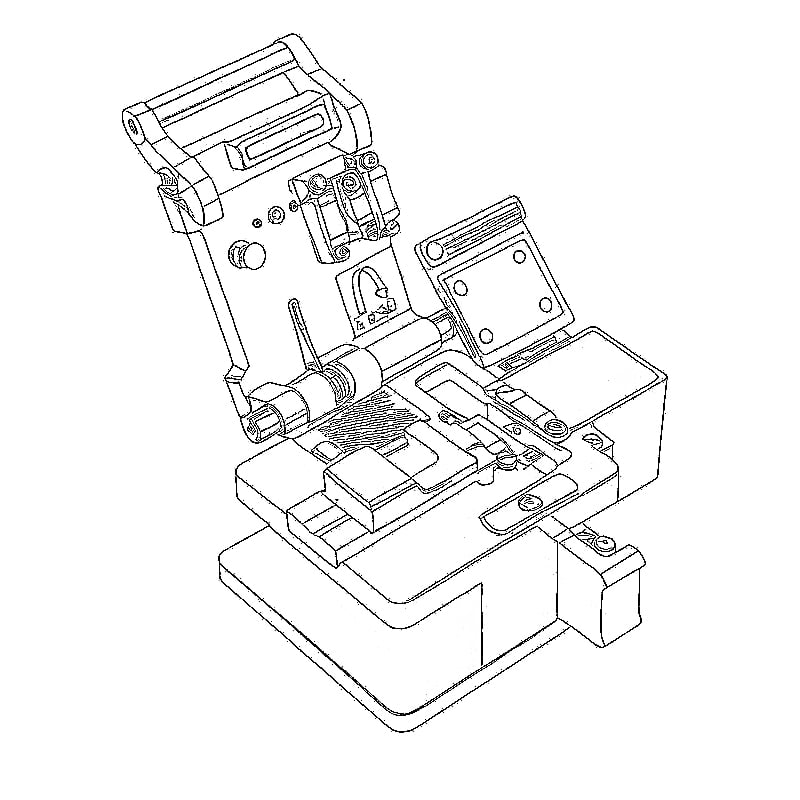
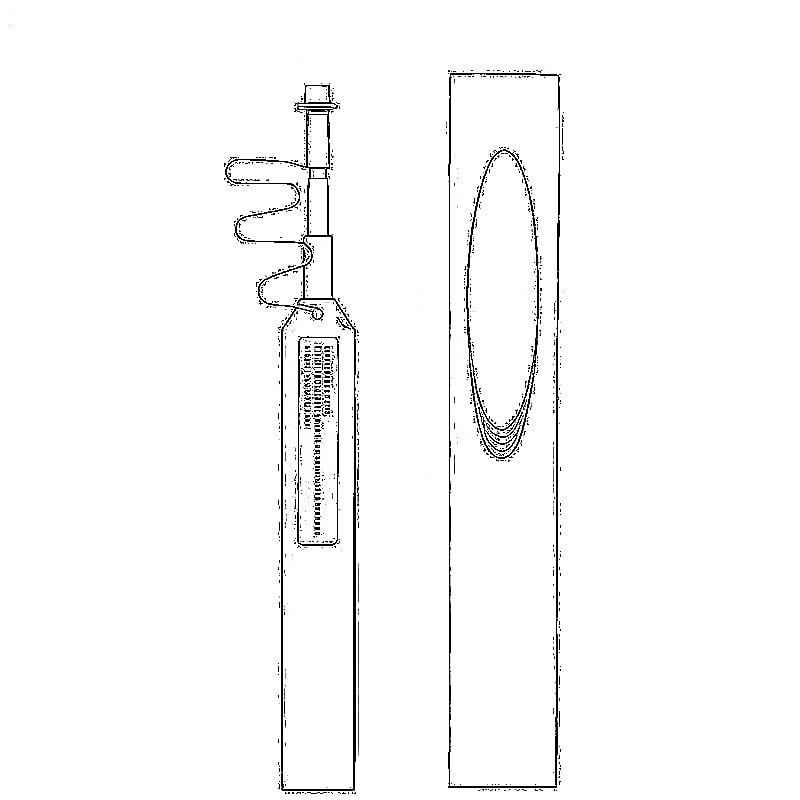
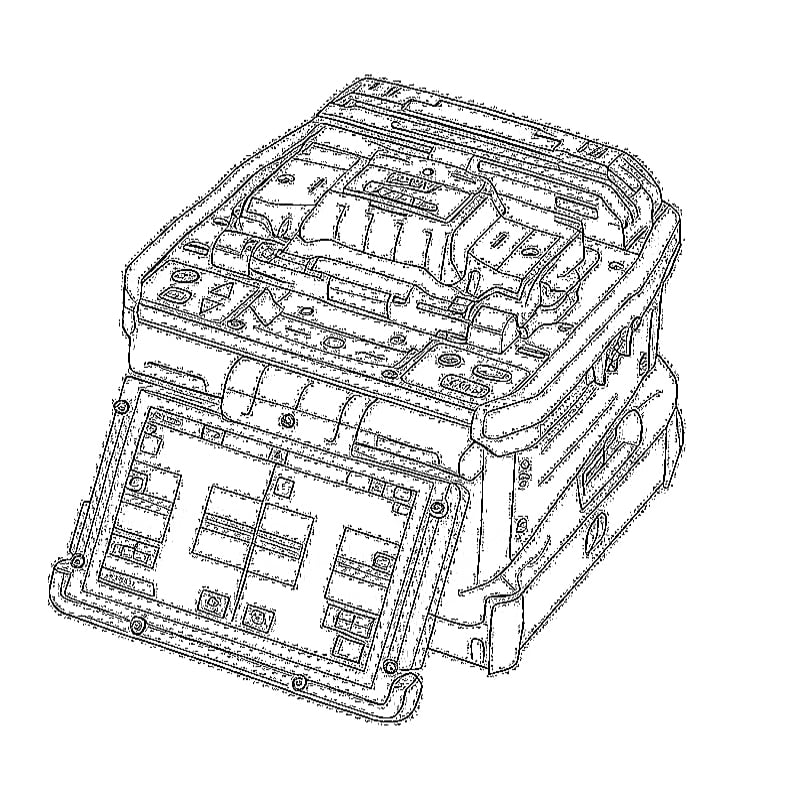
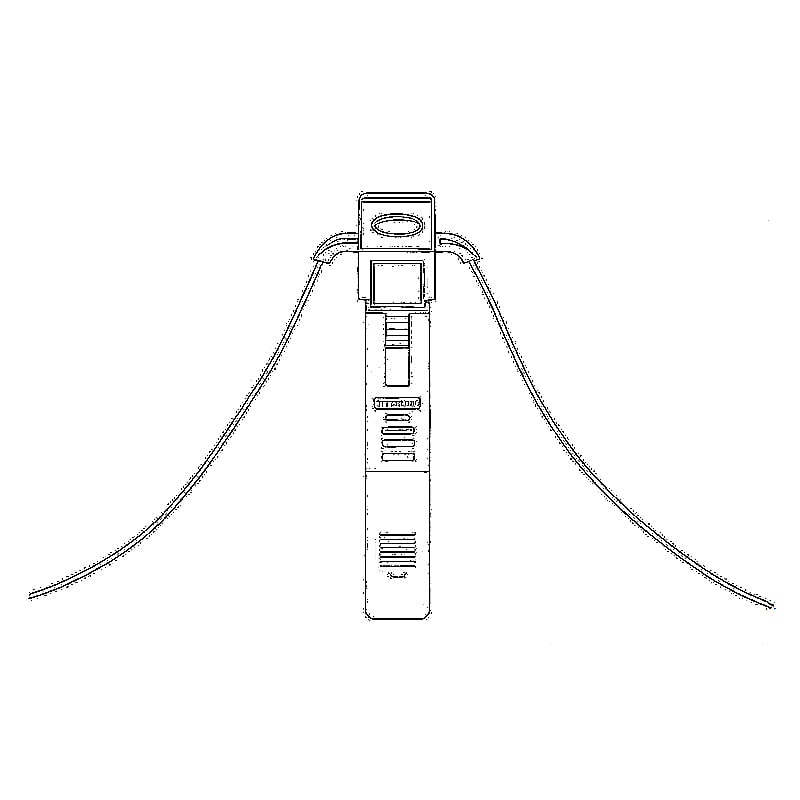
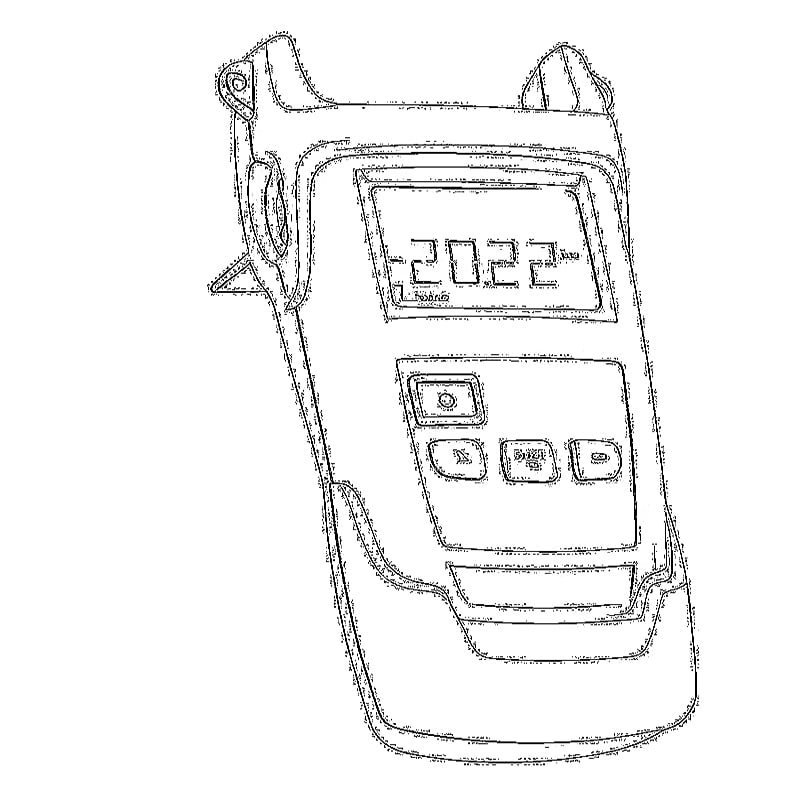
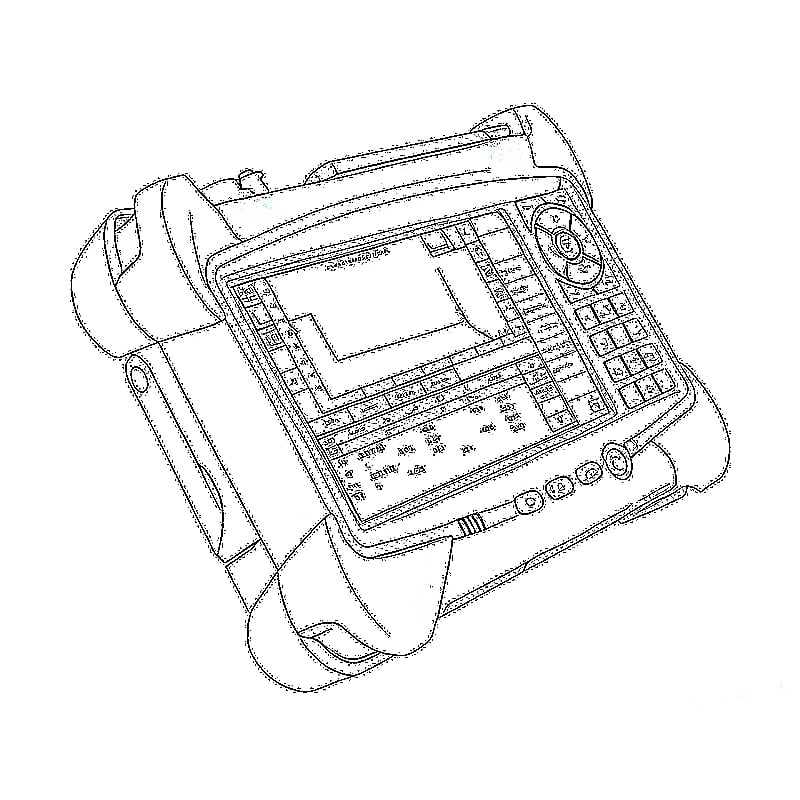
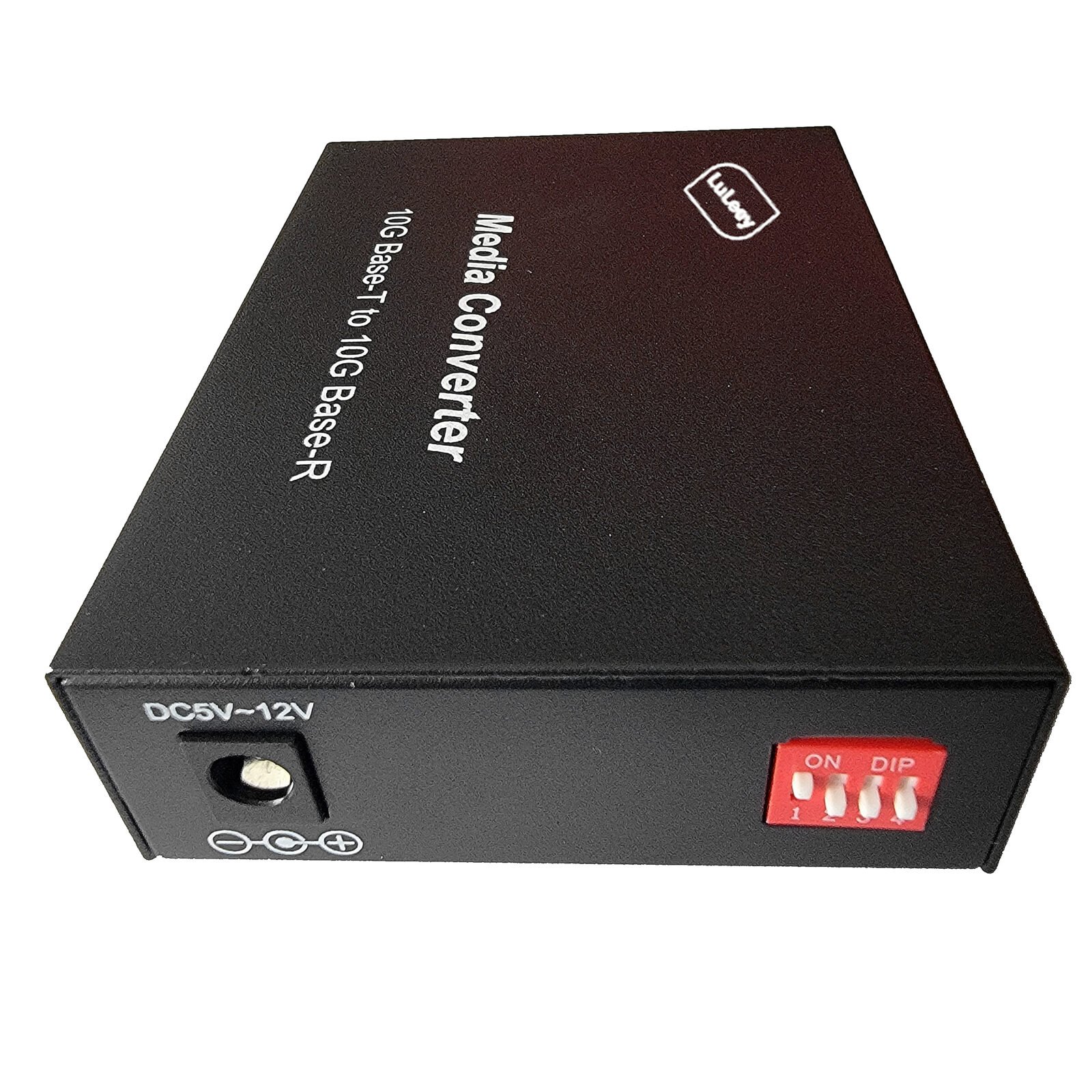
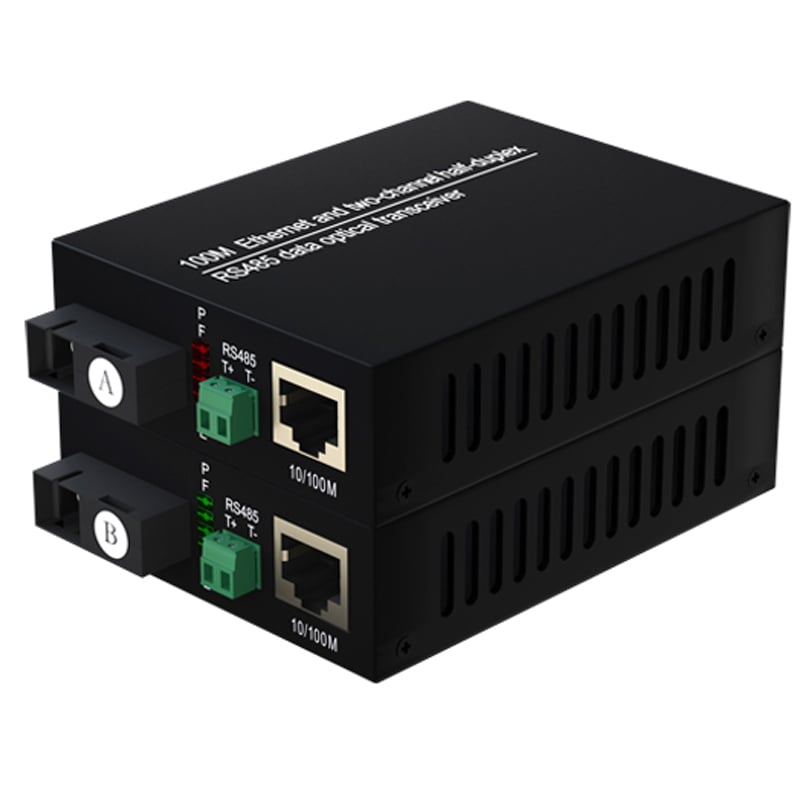
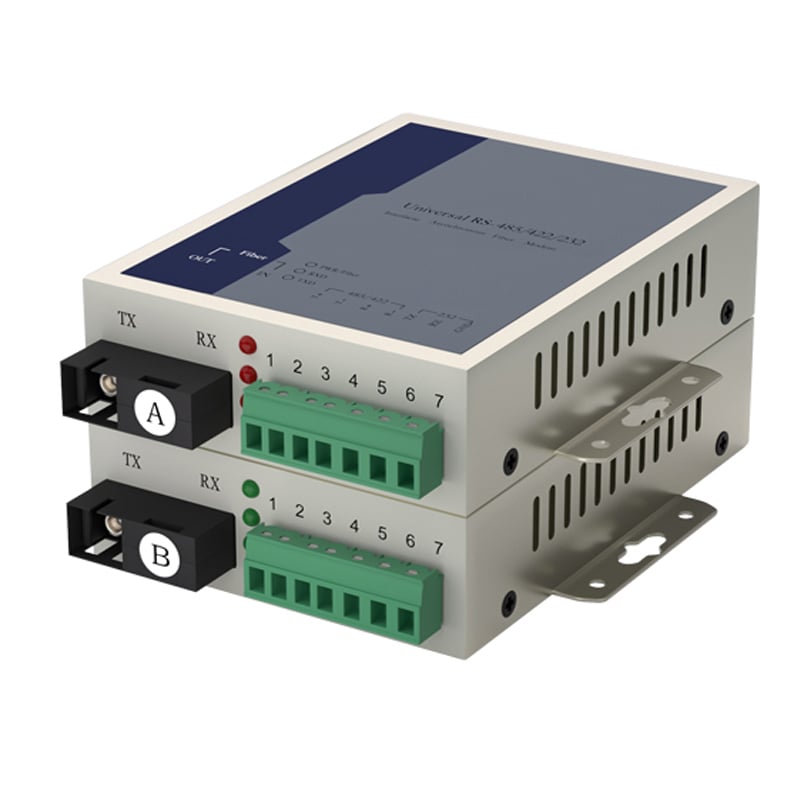
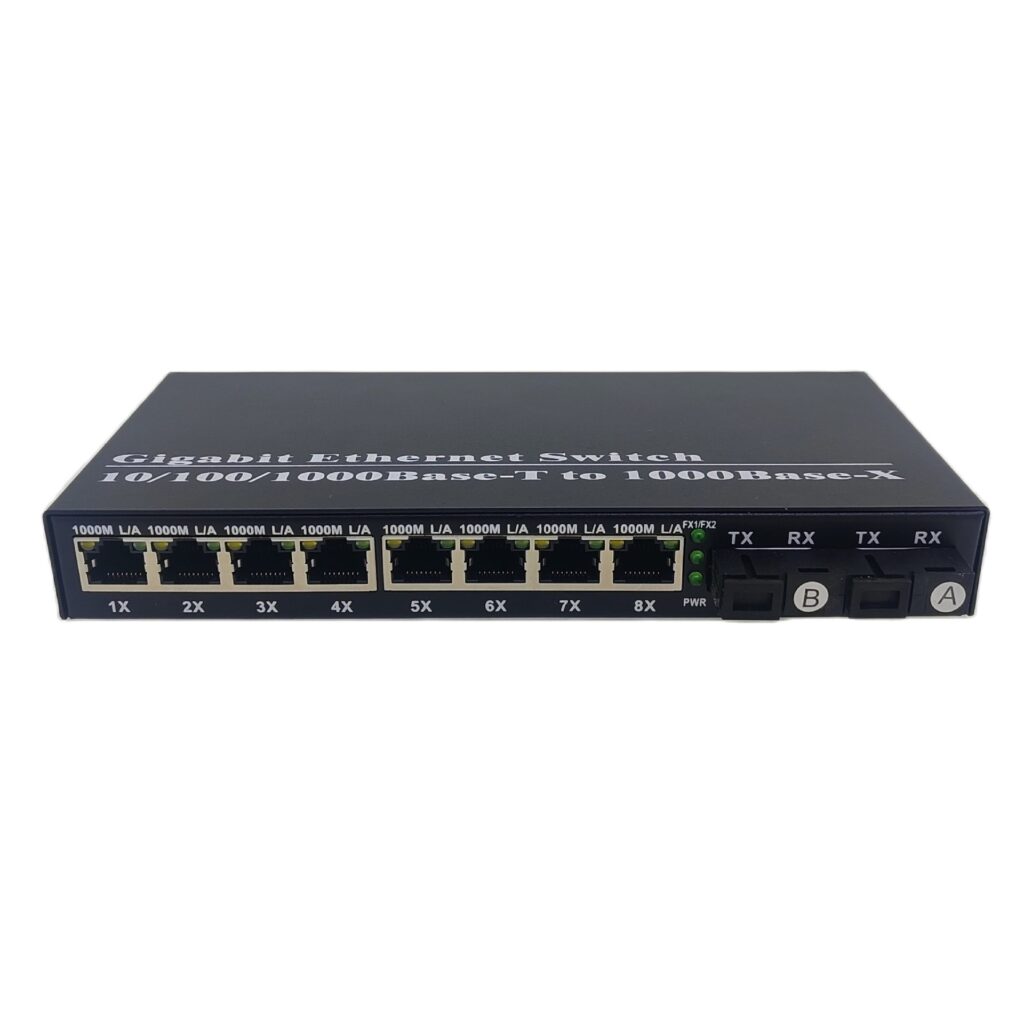
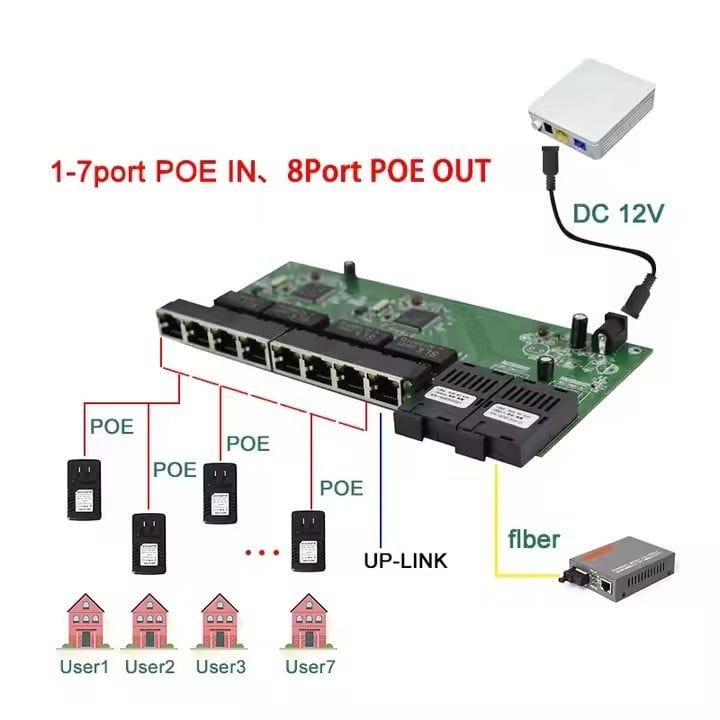

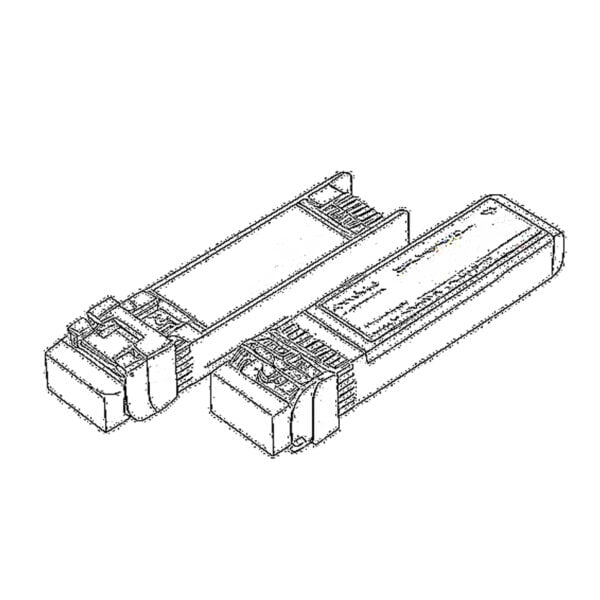 SFP/SFP+ (1G/2.5G/5G/10G)
SFP/SFP+ (1G/2.5G/5G/10G)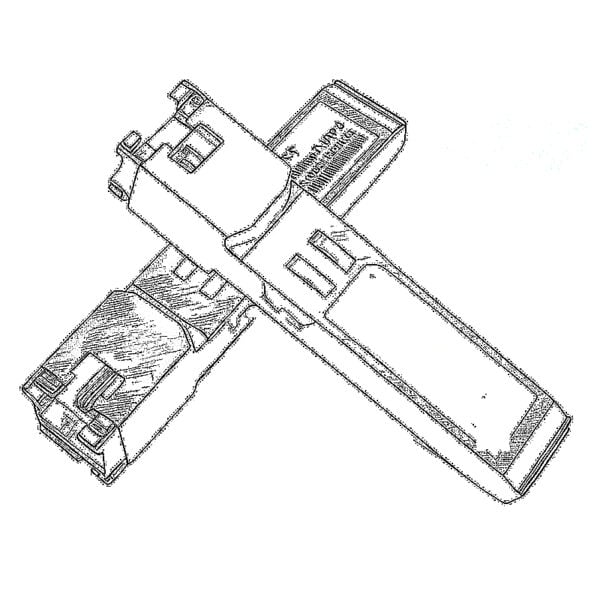 SFP-T (1G/2.5G/10G)
SFP-T (1G/2.5G/10G)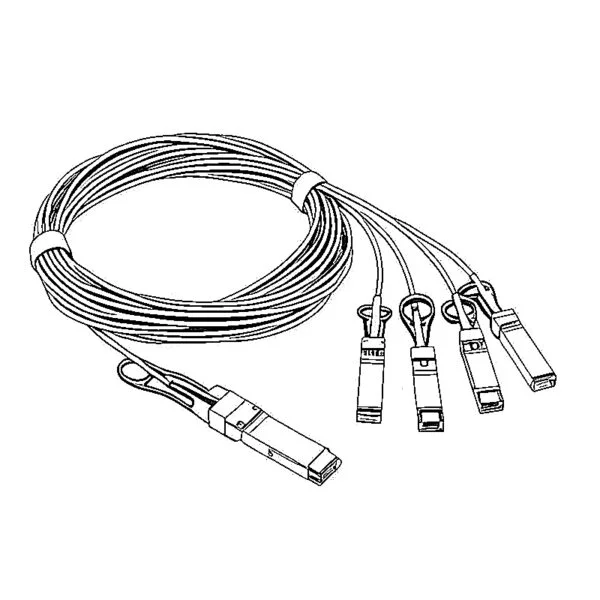 AOC Cable 10G/25G/40G/100G
AOC Cable 10G/25G/40G/100G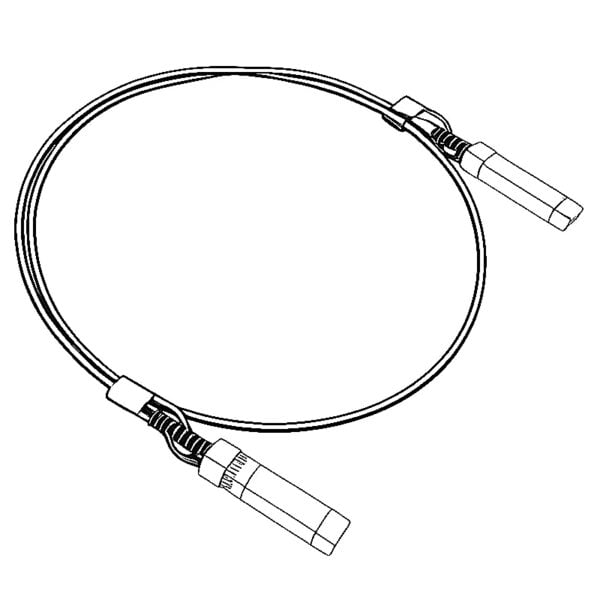 DAC Cable 10G/25G/40G/100G
DAC Cable 10G/25G/40G/100G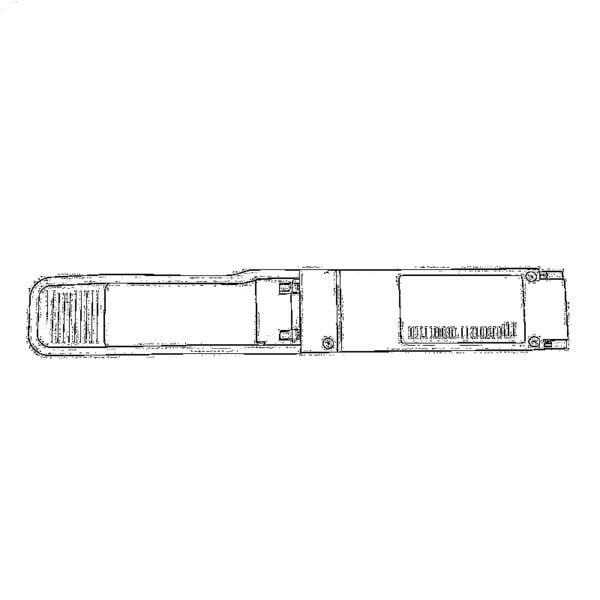 QSFP28 QSFP+ SFP28 100G/40G/25G
QSFP28 QSFP+ SFP28 100G/40G/25G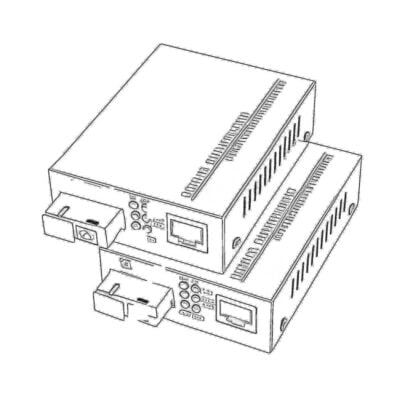 Copper to Fiber Media Converters
Copper to Fiber Media Converters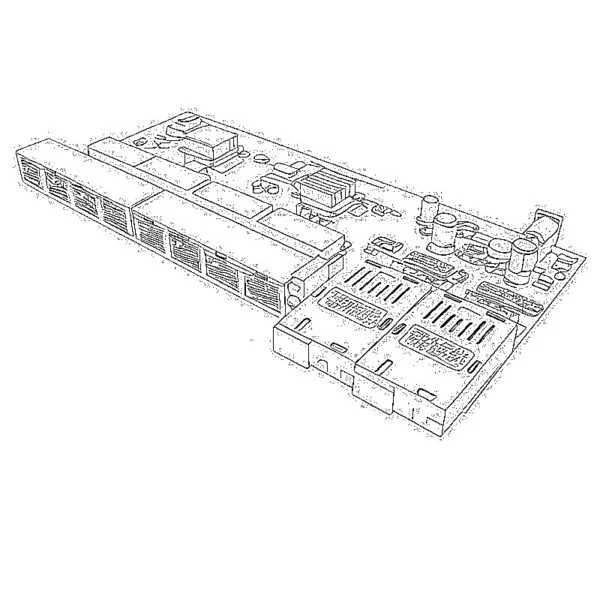 Fiber Media Converter PCBA Board
Fiber Media Converter PCBA Board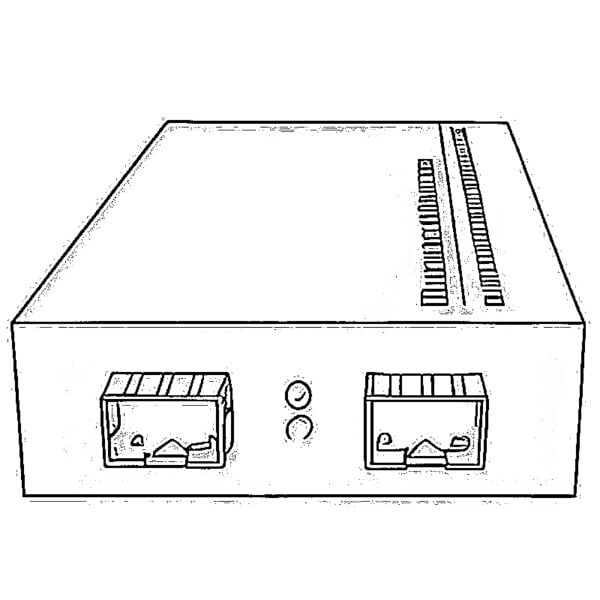 OEO Fiber Media Converters
OEO Fiber Media Converters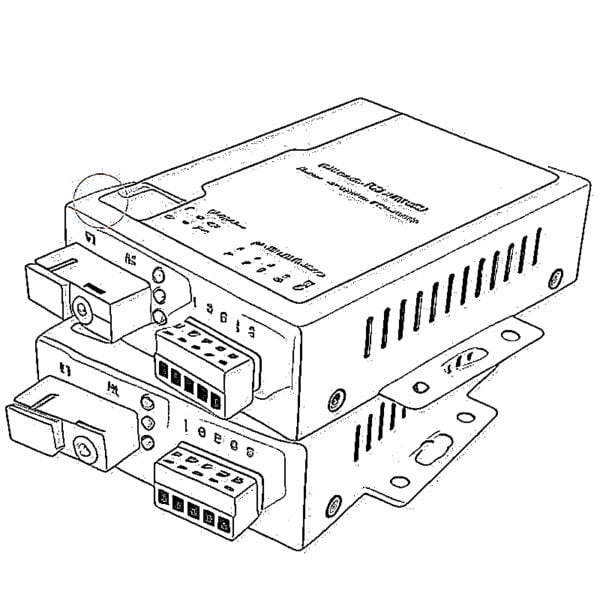 Serial to Fiber Media Converters
Serial to Fiber Media Converters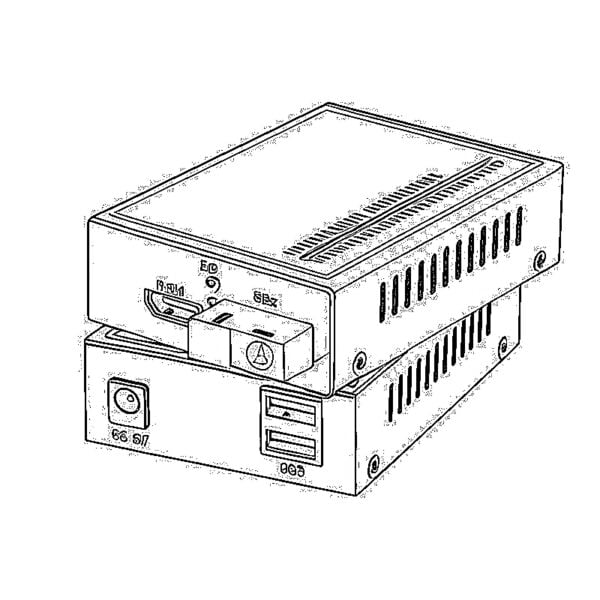 Video to Fiber Media Converters
Video to Fiber Media Converters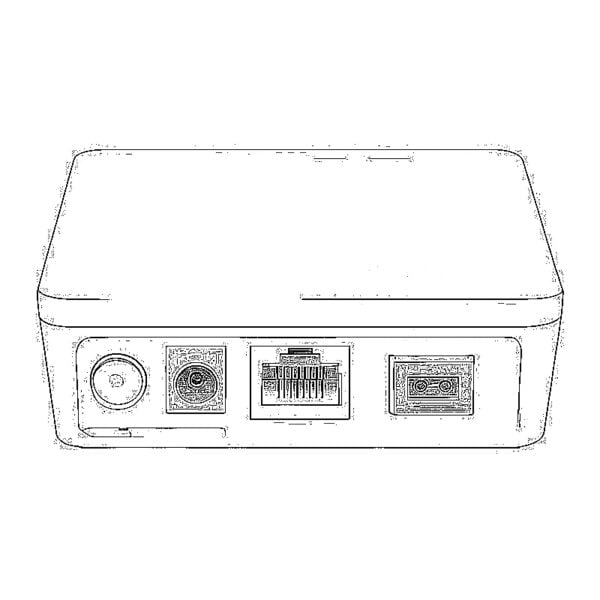 1000M GPON/EPON ONU
1000M GPON/EPON ONU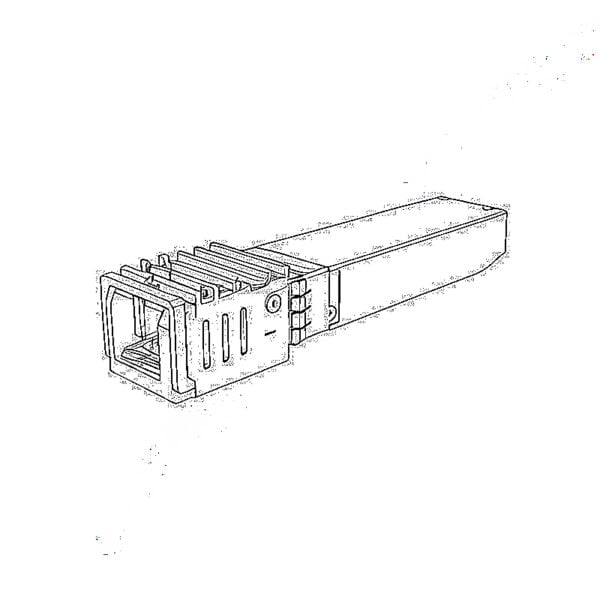 10G EPON ONU/XG-PON/XGS-PON
10G EPON ONU/XG-PON/XGS-PON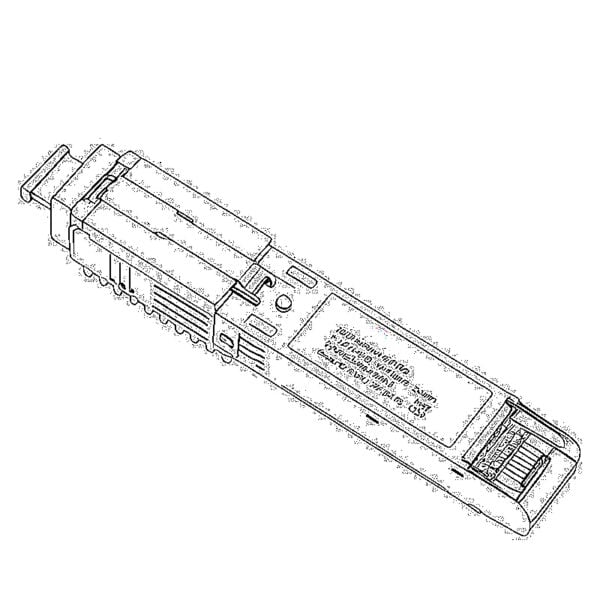 2.5G GPON/XPON STICK SFP ONU
2.5G GPON/XPON STICK SFP ONU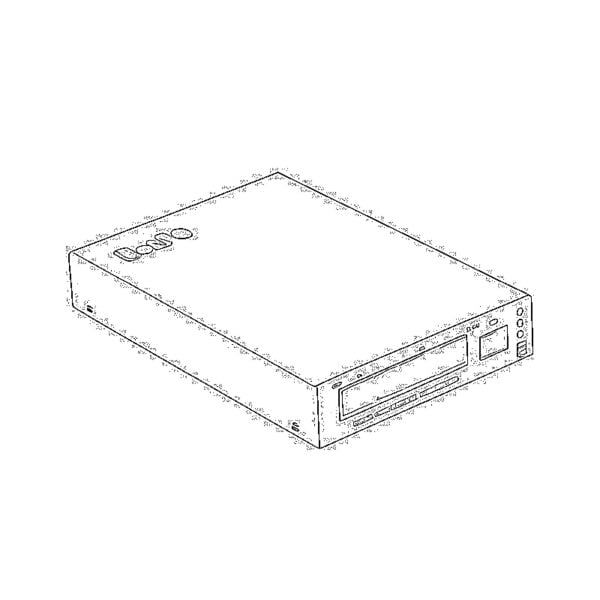 POE GPON/EPON ONU
POE GPON/EPON ONU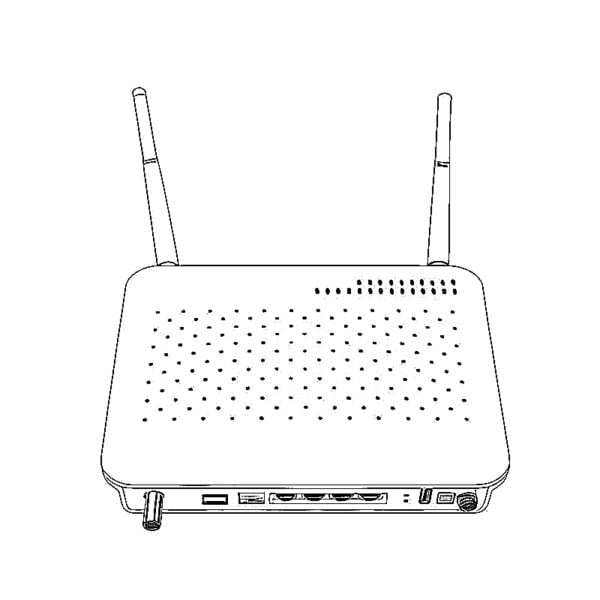 Wireless GPON/EPON ONT
Wireless GPON/EPON ONT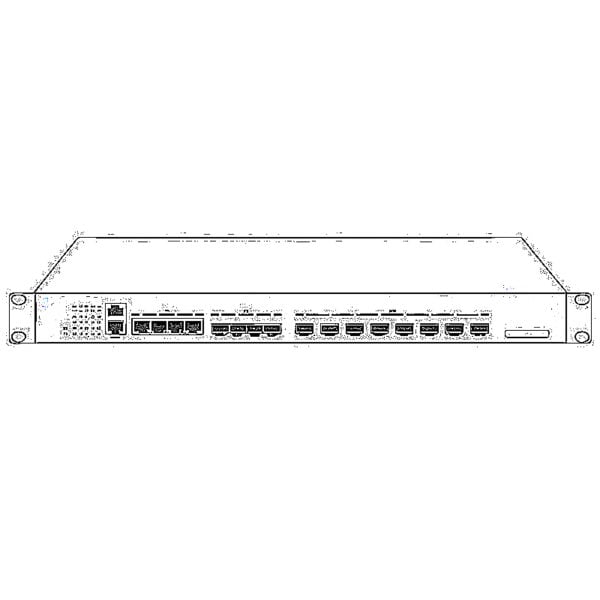 EPON OLT
EPON OLT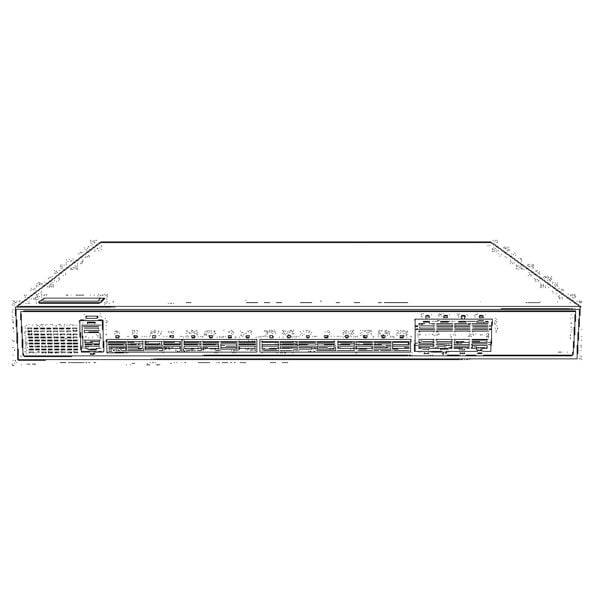 GPON OLT
GPON OLT SFP PON Module
SFP PON Module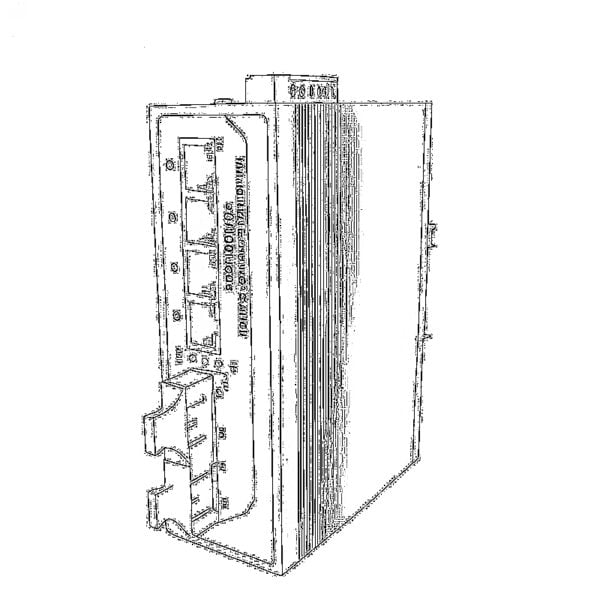 Industrial Switches
Industrial Switches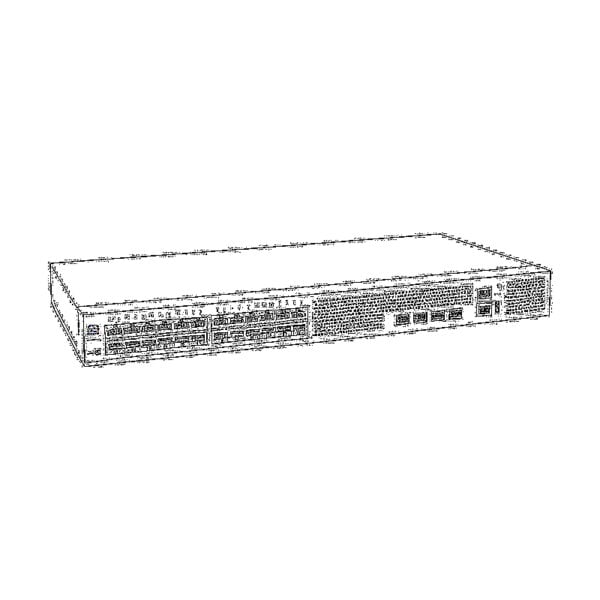 Managed Switches
Managed Switches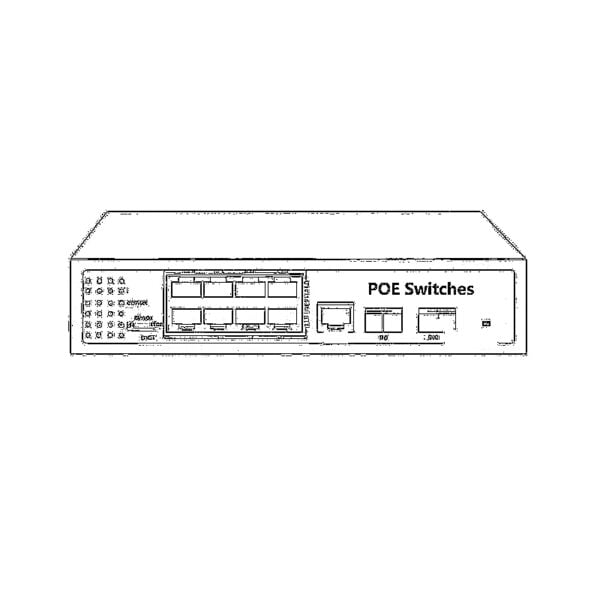 POE Switches
POE Switches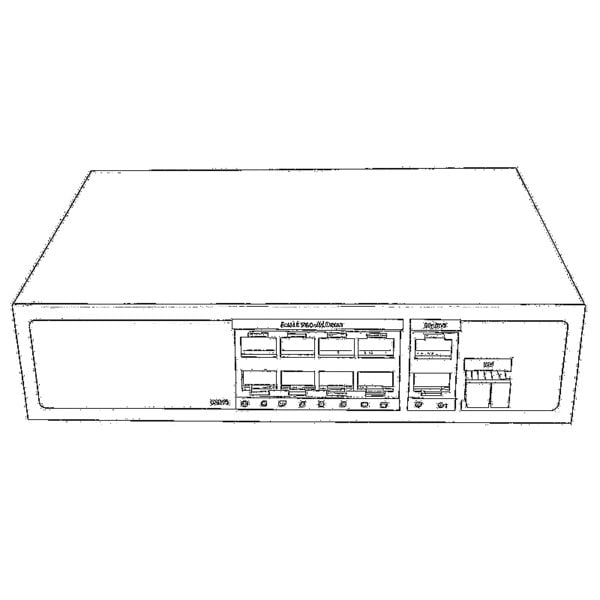 Unmanaged Switches
Unmanaged Switches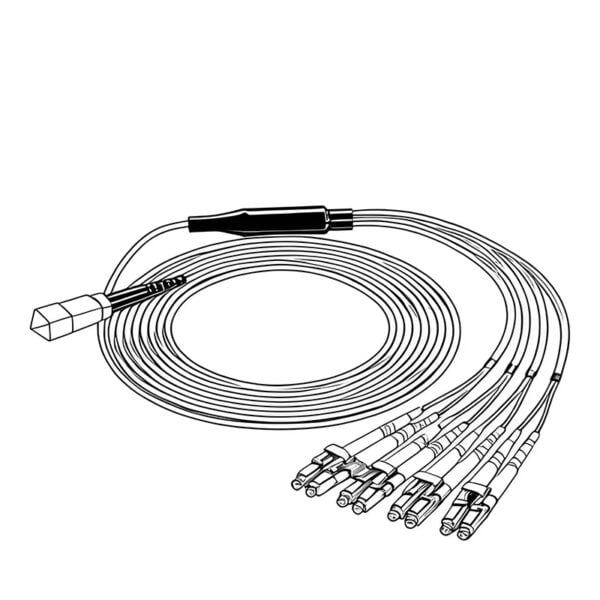 MTP/MPO Fiber Cables
MTP/MPO Fiber Cables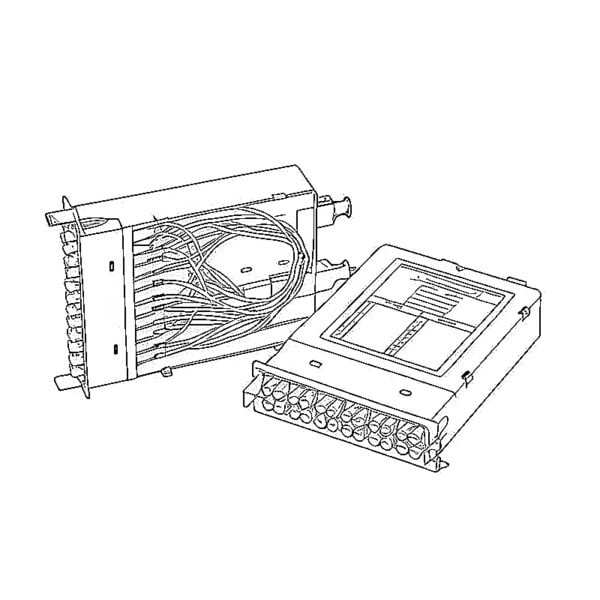 Fiber Optic Cassettes
Fiber Optic Cassettes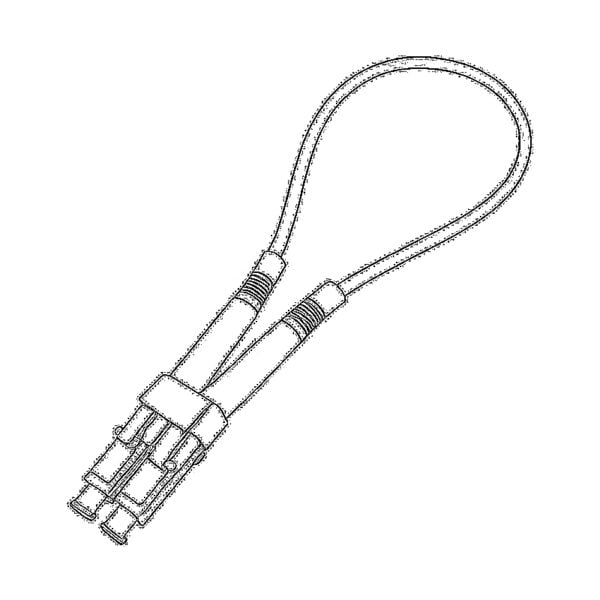 Fiber Optic Loopback
Fiber Optic Loopback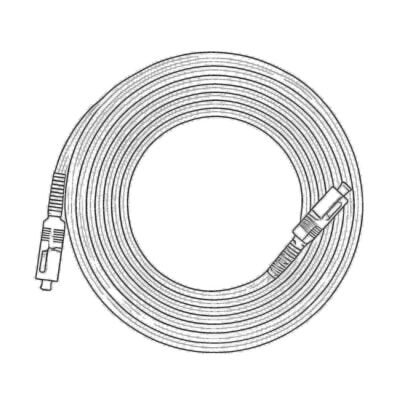 Optic Cables and Fiber Pigtails
Optic Cables and Fiber Pigtails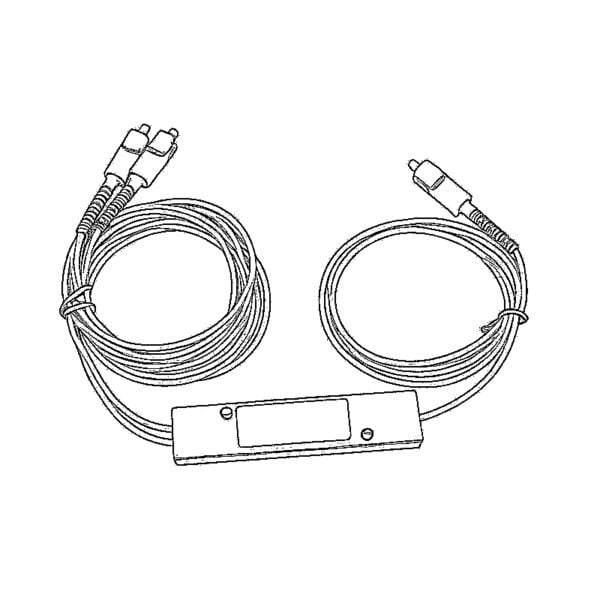 Optical Splitters and Splitter Box
Optical Splitters and Splitter Box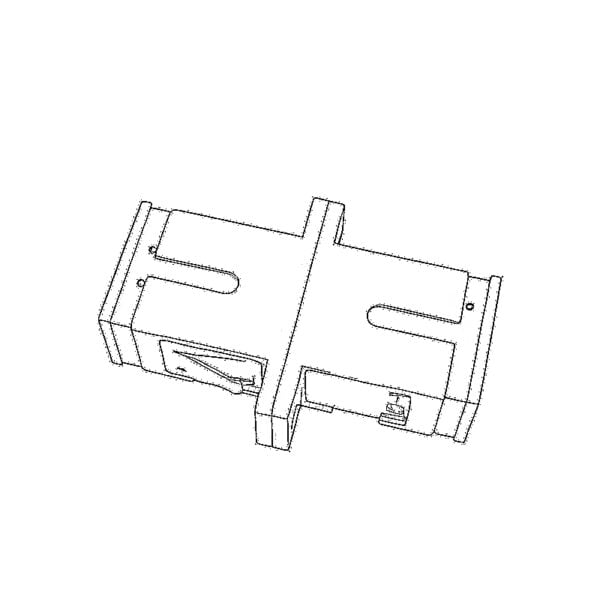 Fiber Flange Connectors
Fiber Flange Connectors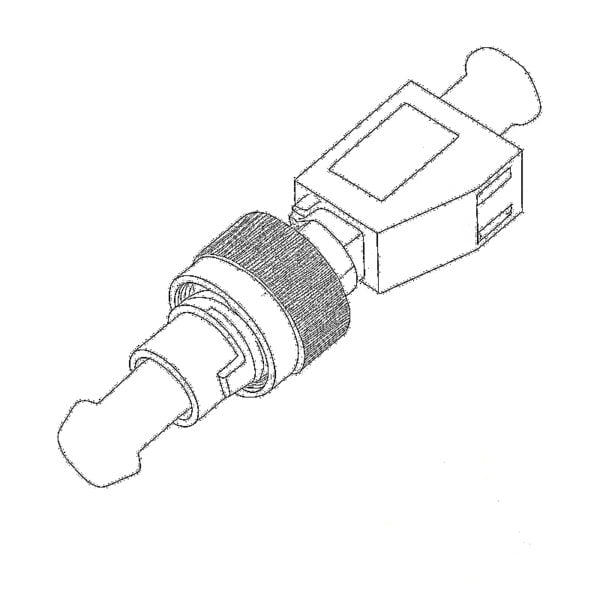 Optical Adapters
Optical Adapters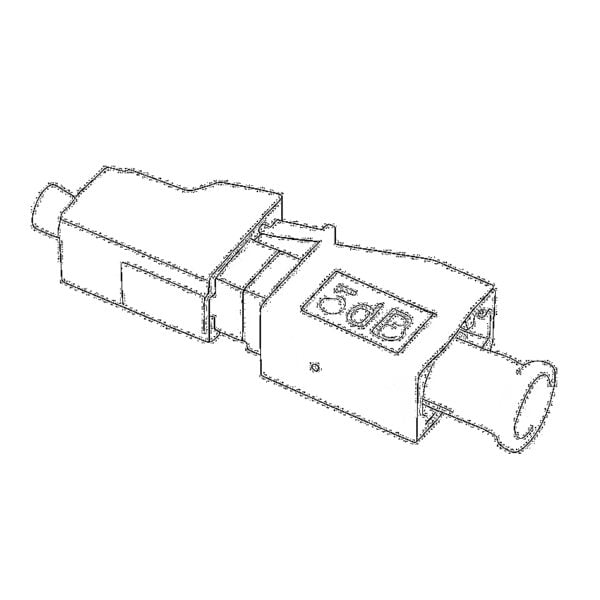 Optical Attenuator
Optical Attenuator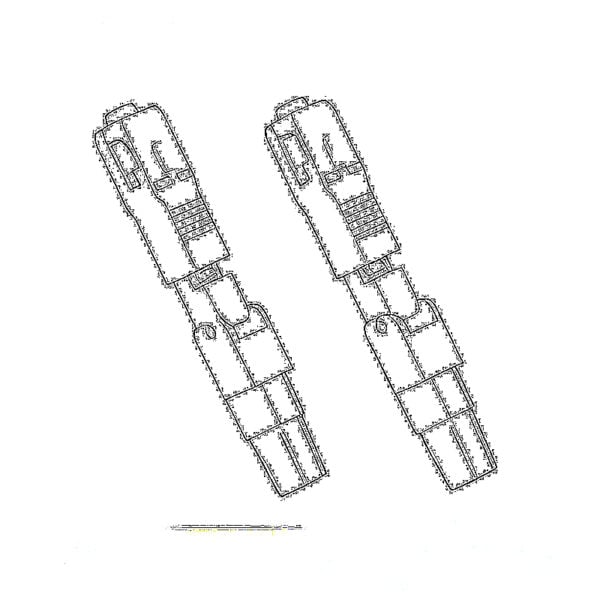 Quick Connector and Connector Panel
Quick Connector and Connector Panel CATV Amplifier
CATV Amplifier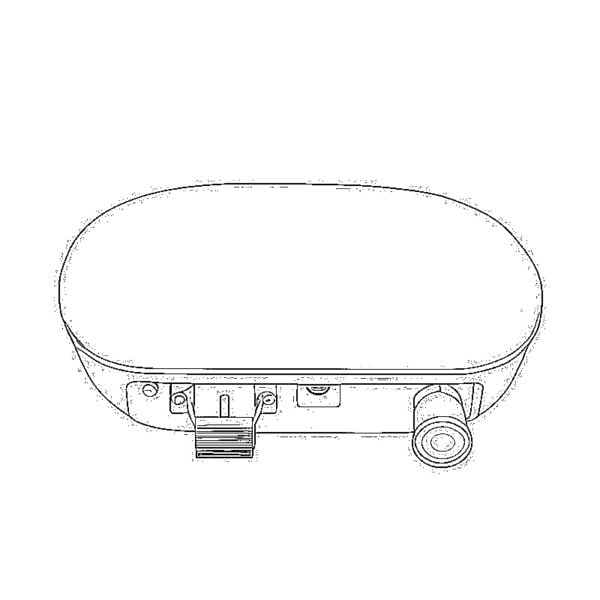 CATV Optical Receiver
CATV Optical Receiver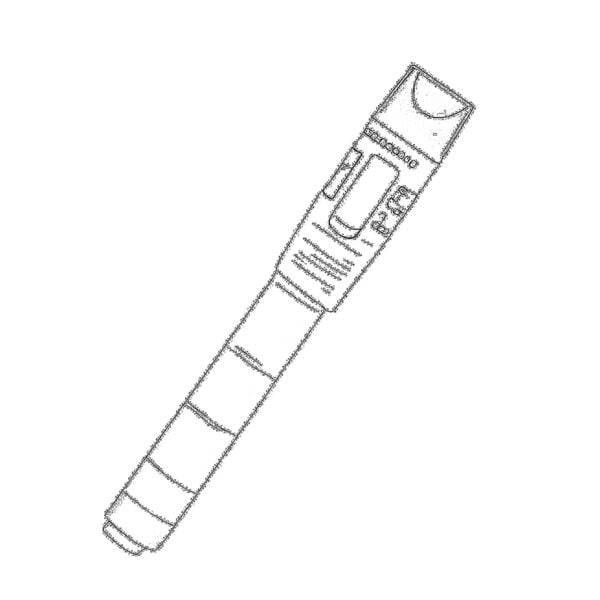 Visual Fault Locator
Visual Fault Locator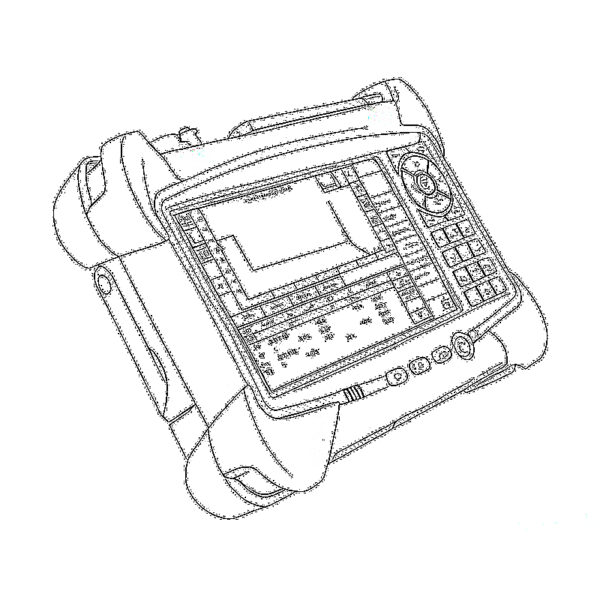 OTDR
OTDR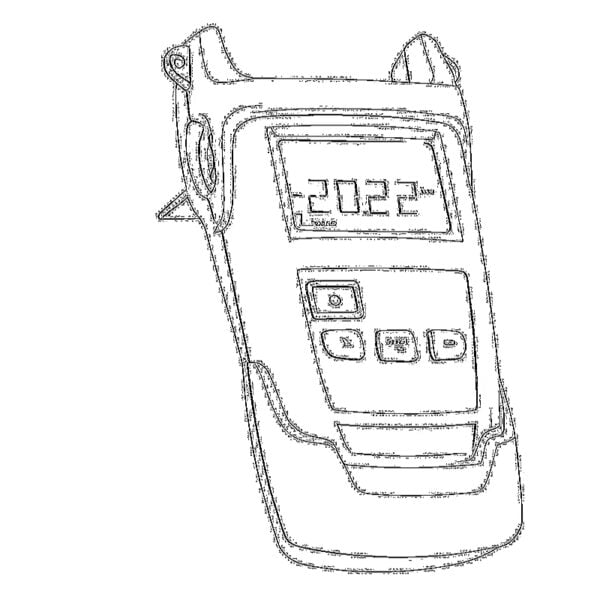 Optical Power Meter
Optical Power Meter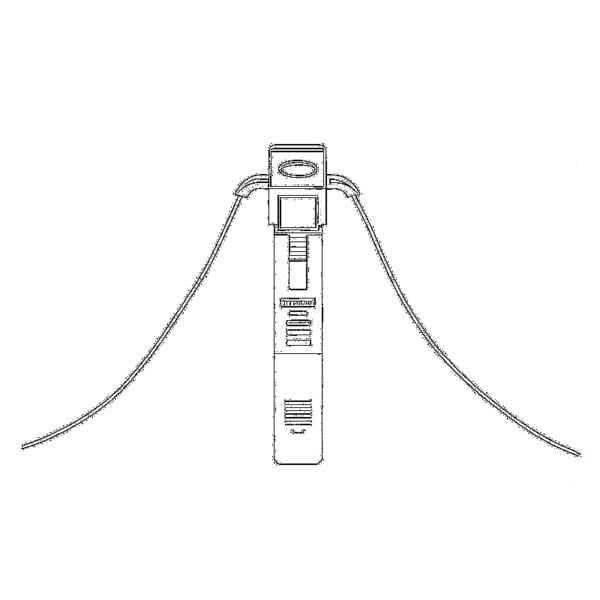 Fiber Optic Identifier
Fiber Optic Identifier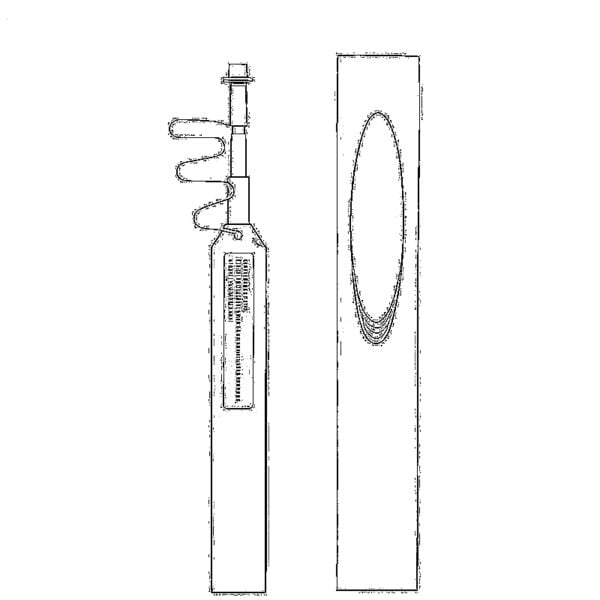 Fiber Optic Cleaners
Fiber Optic Cleaners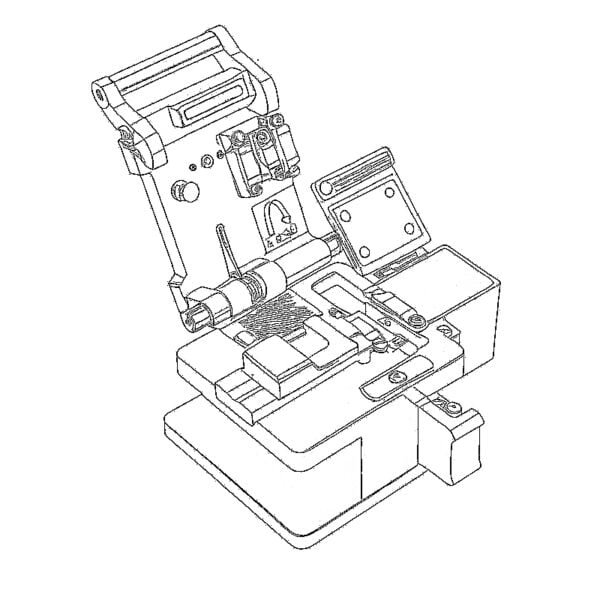 Fiber Cleavers & Fiber Strippers
Fiber Cleavers & Fiber Strippers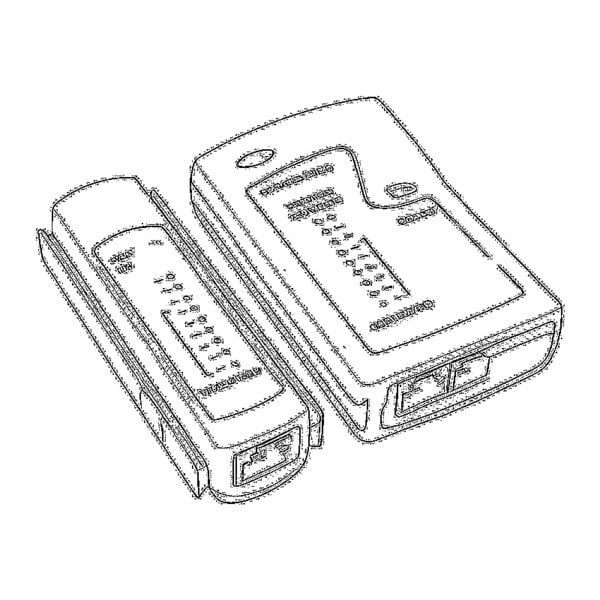 Copper Tools
Copper Tools